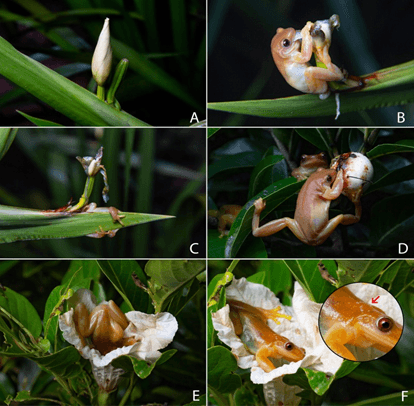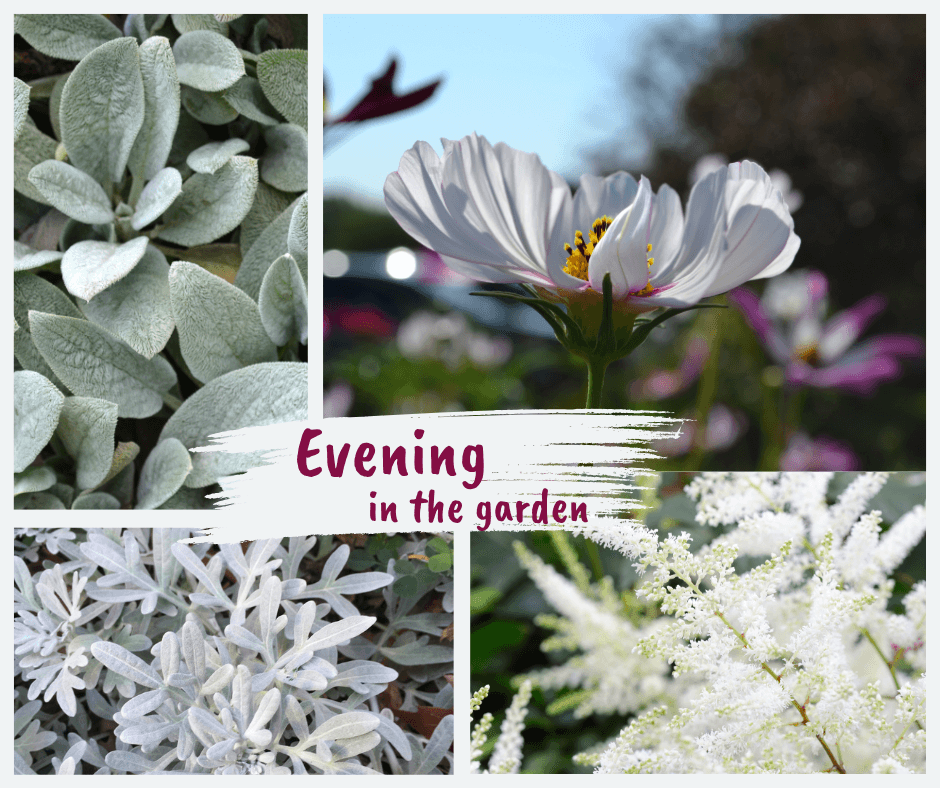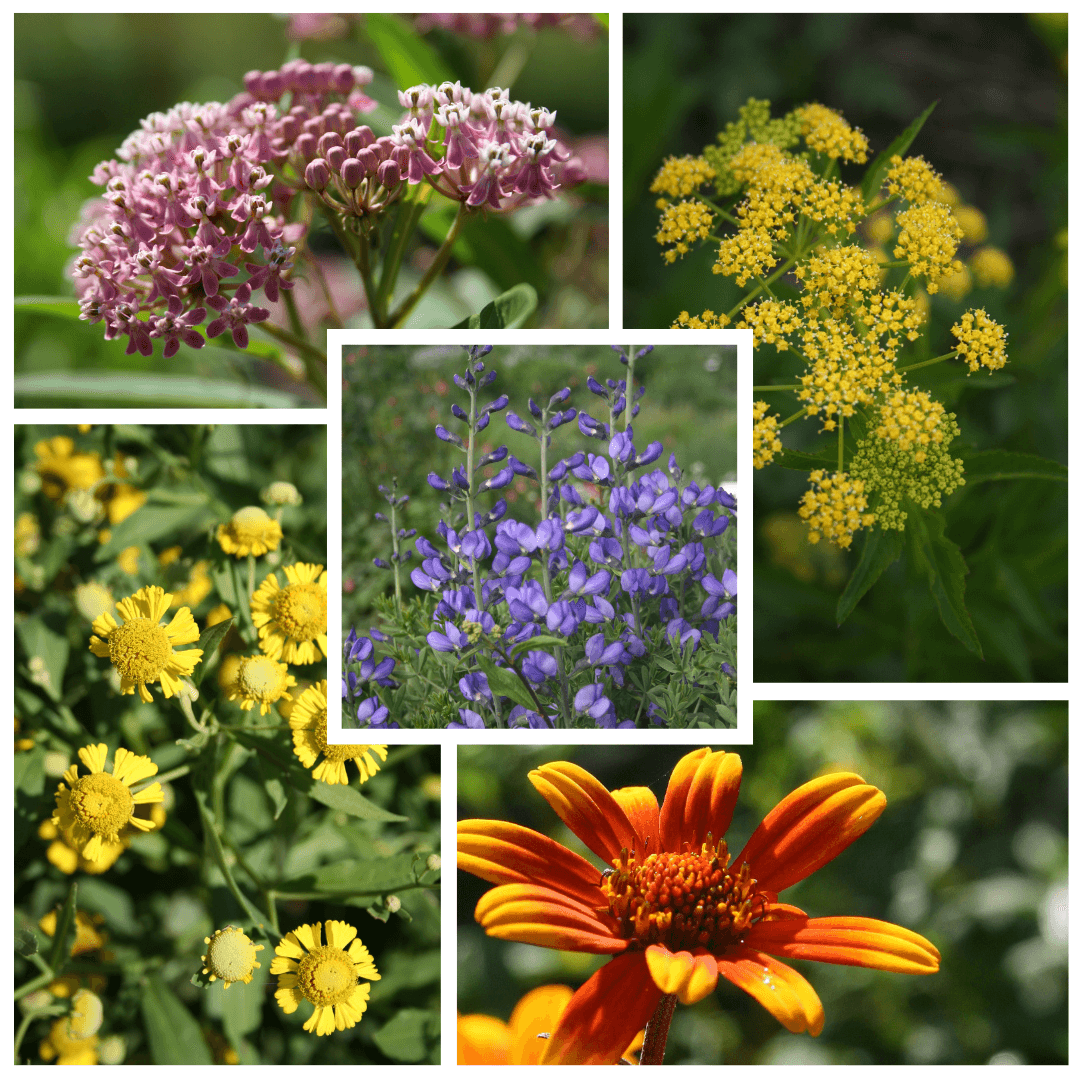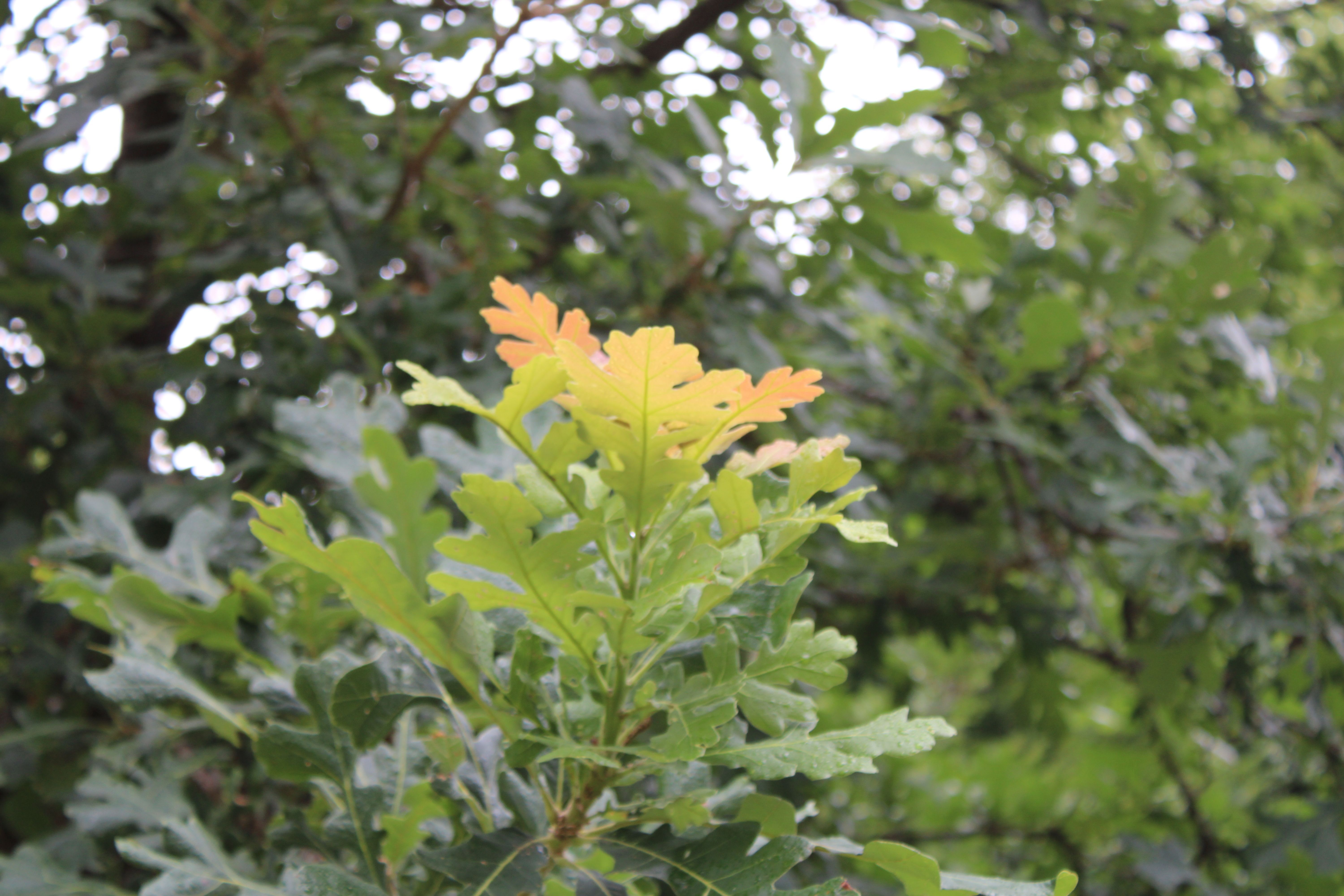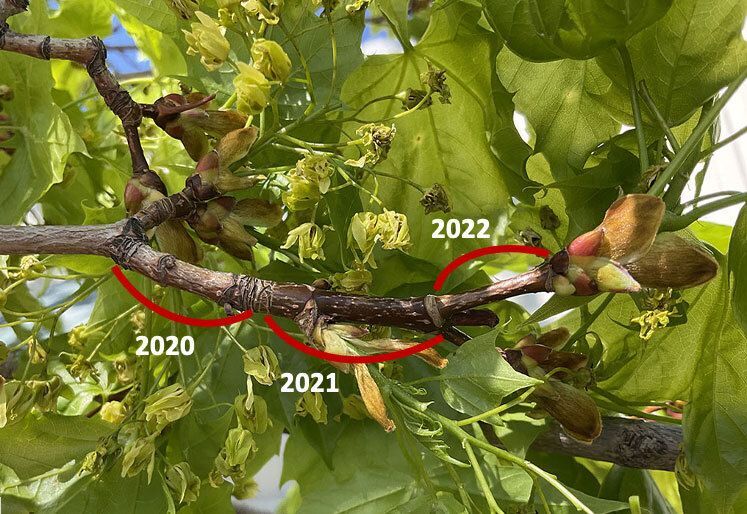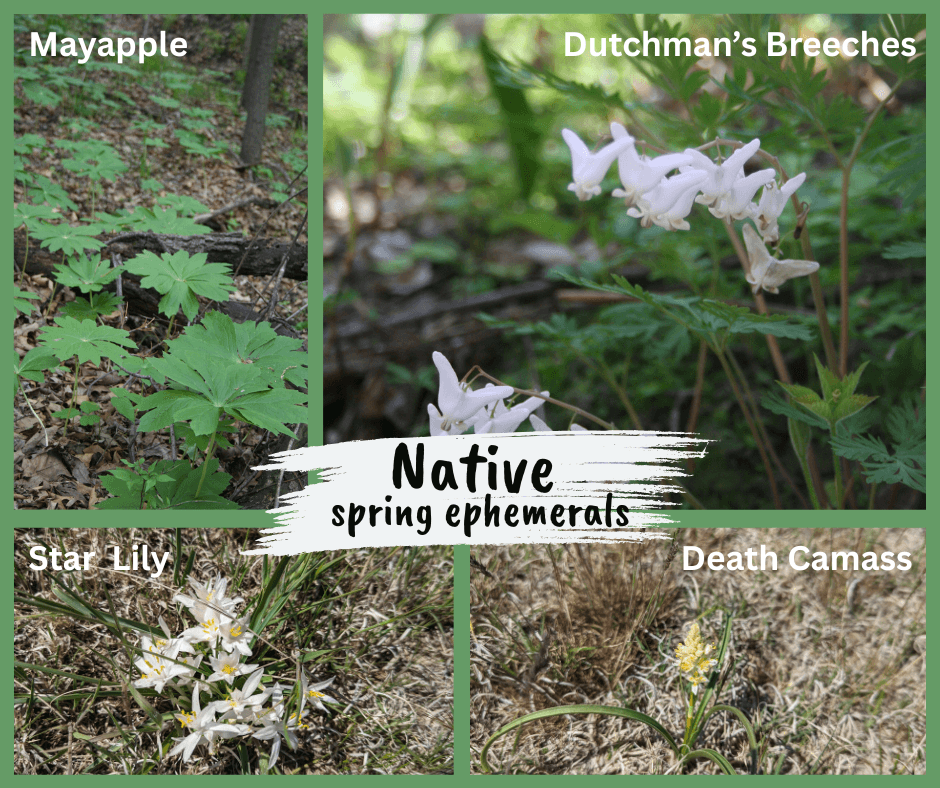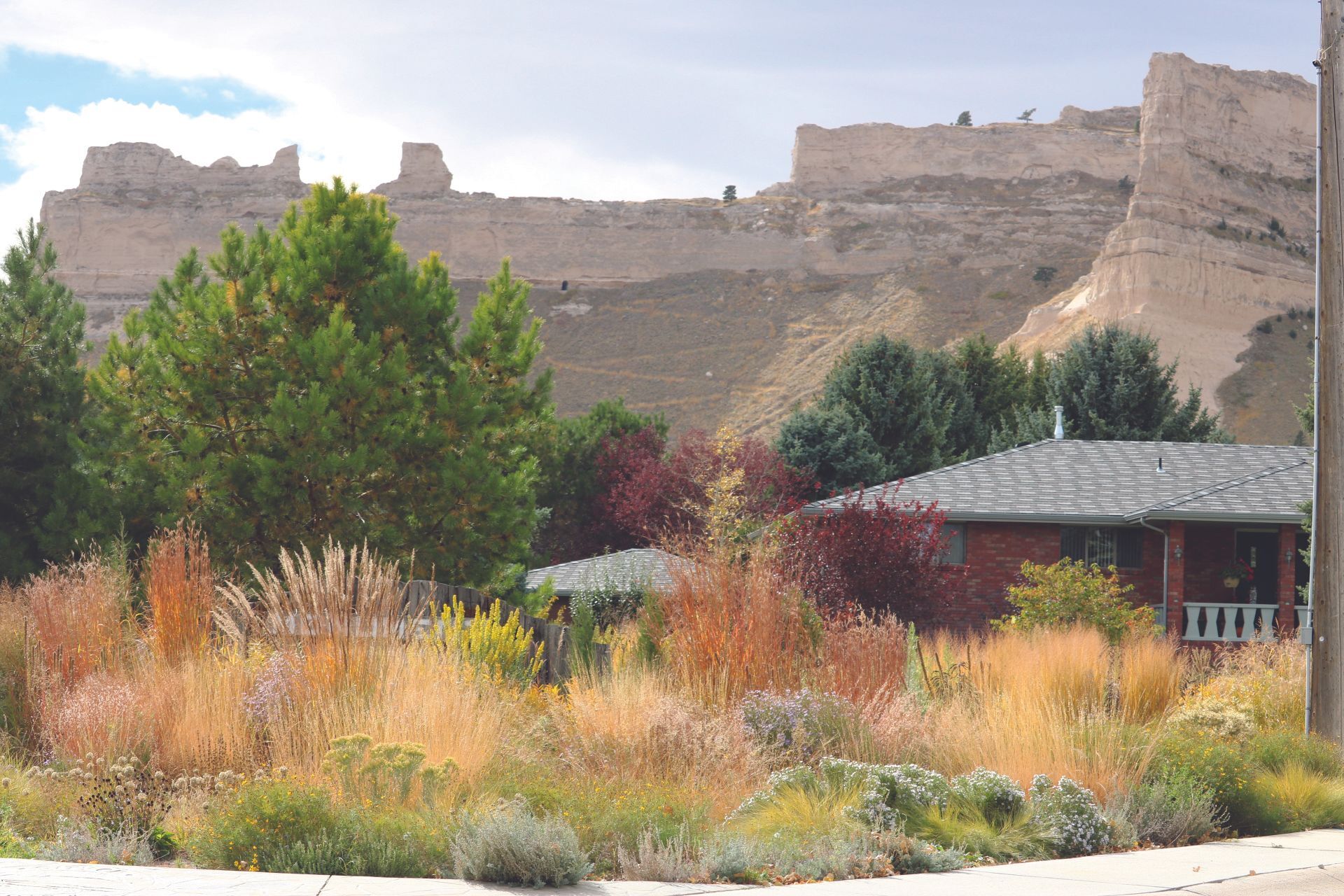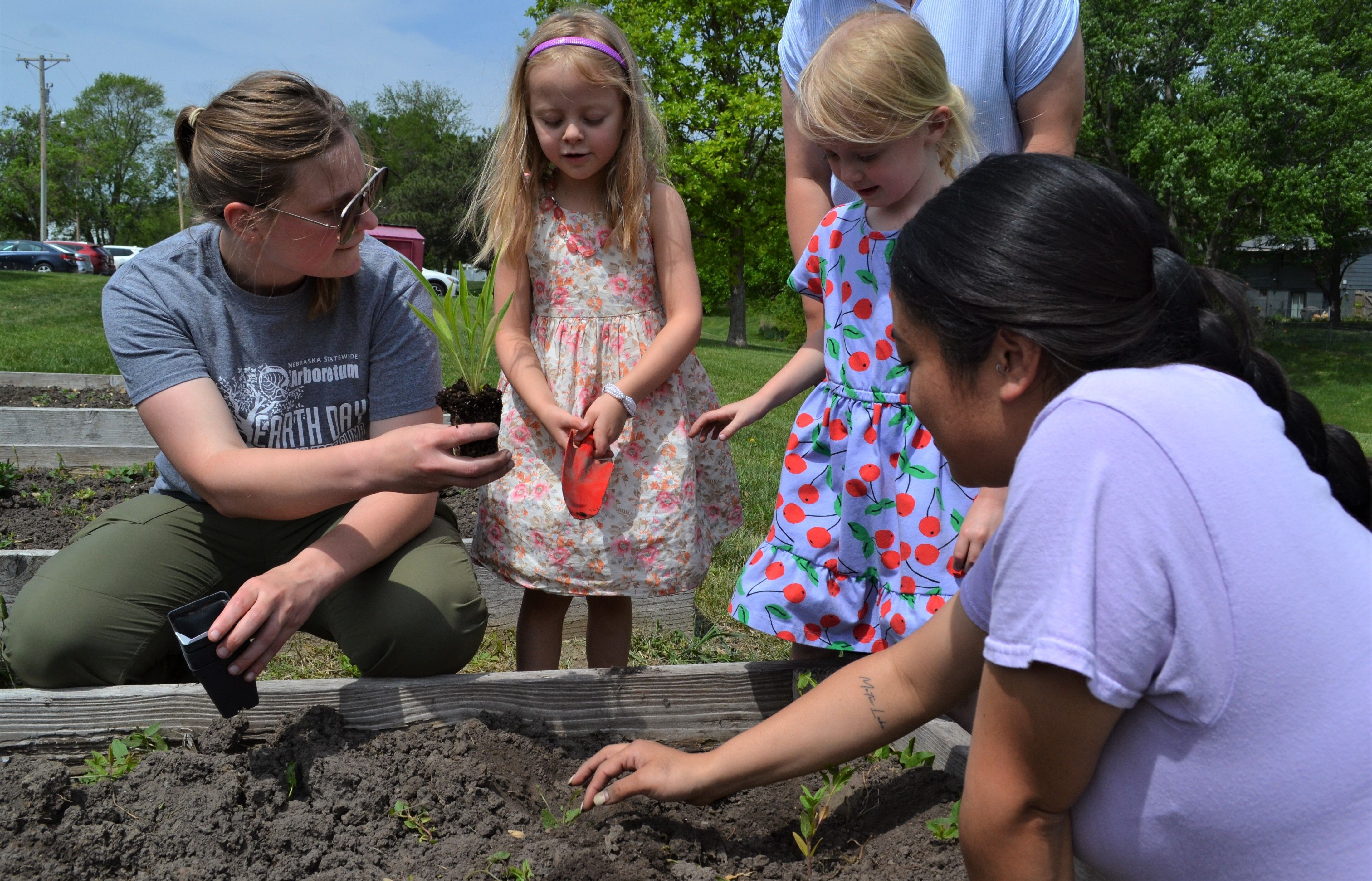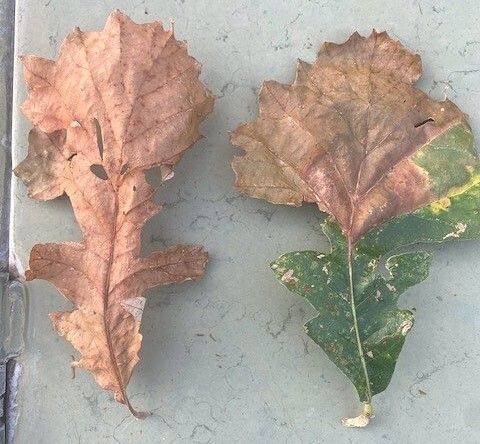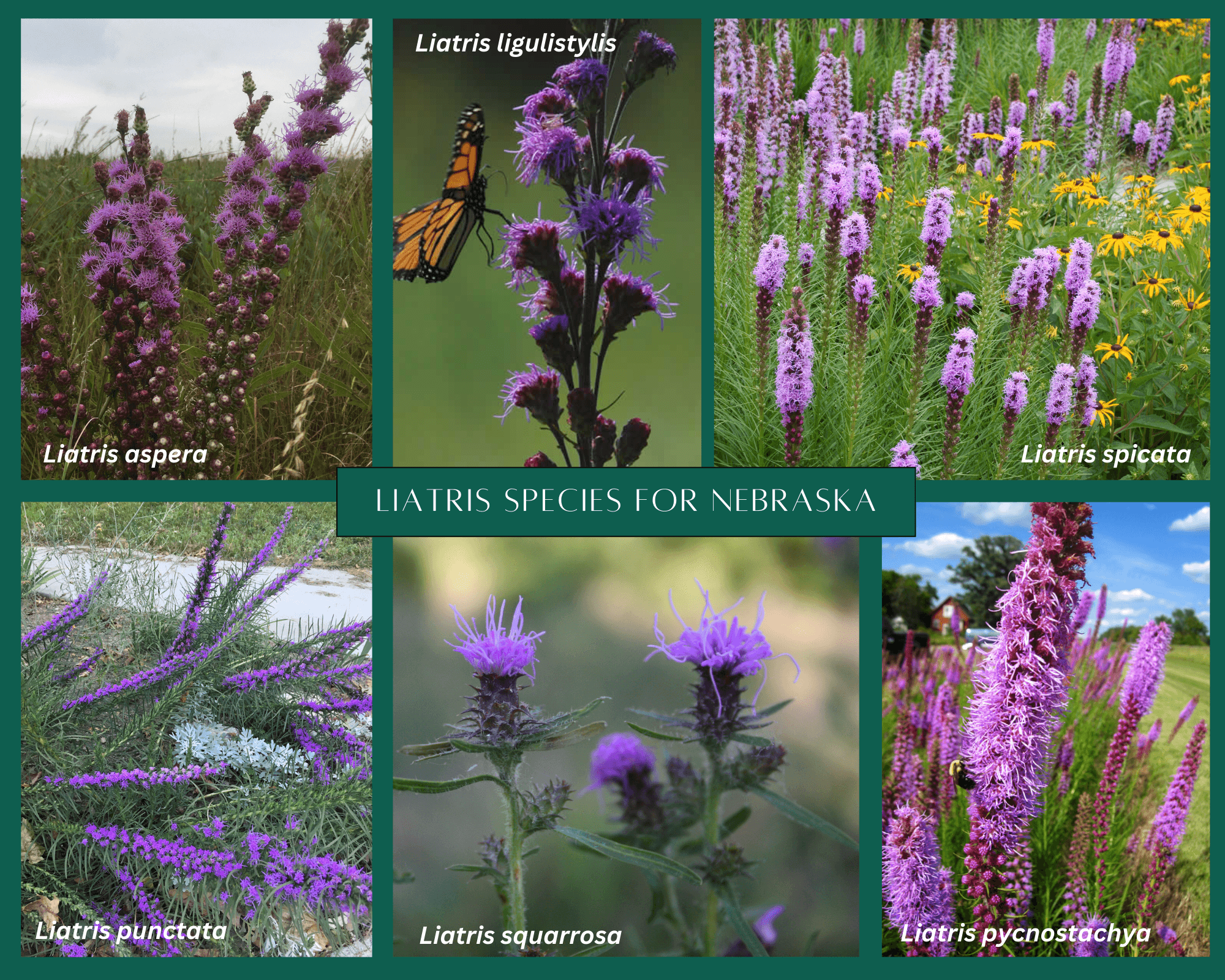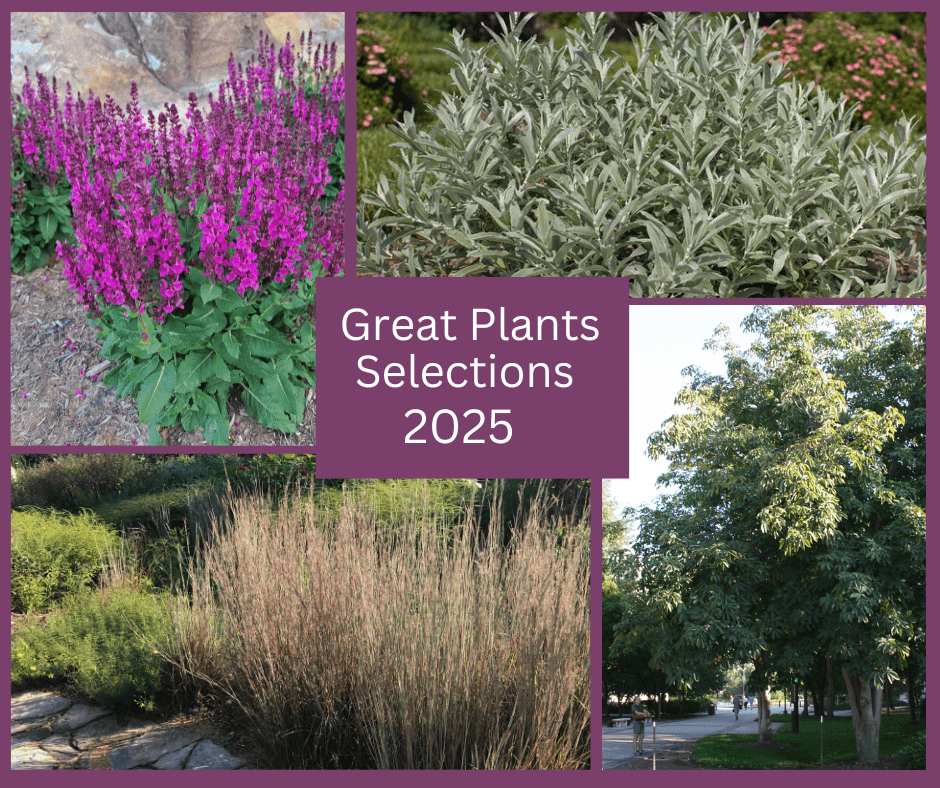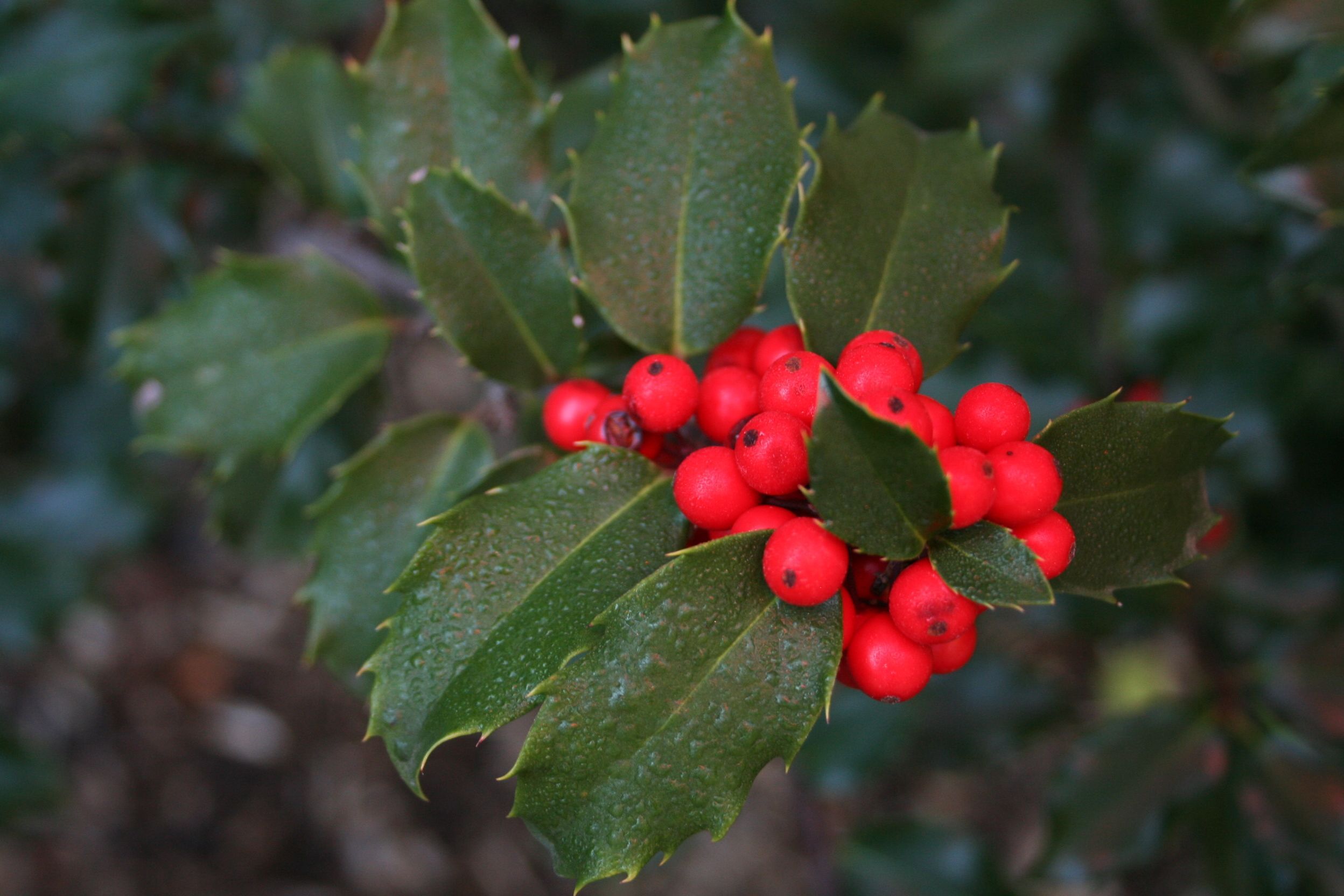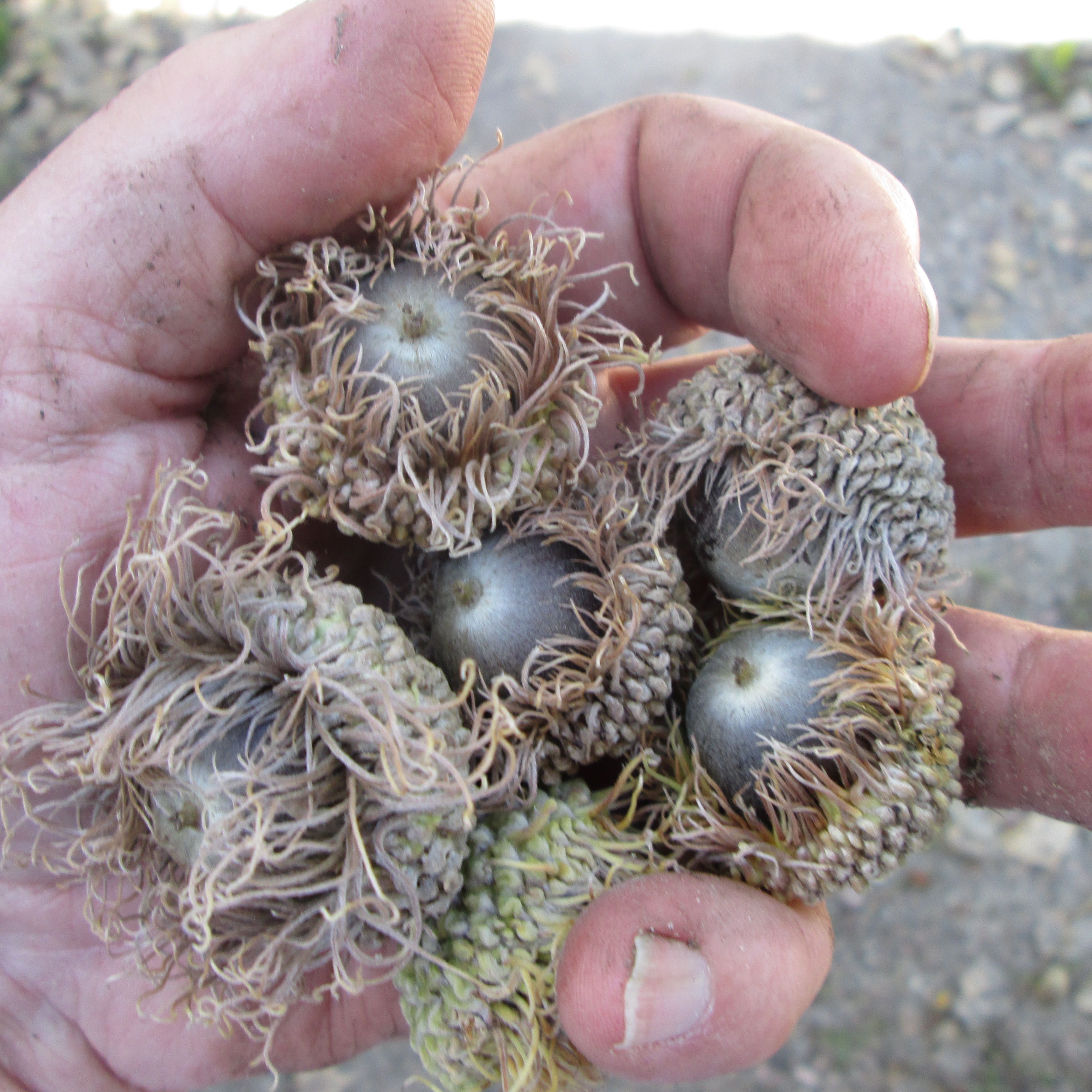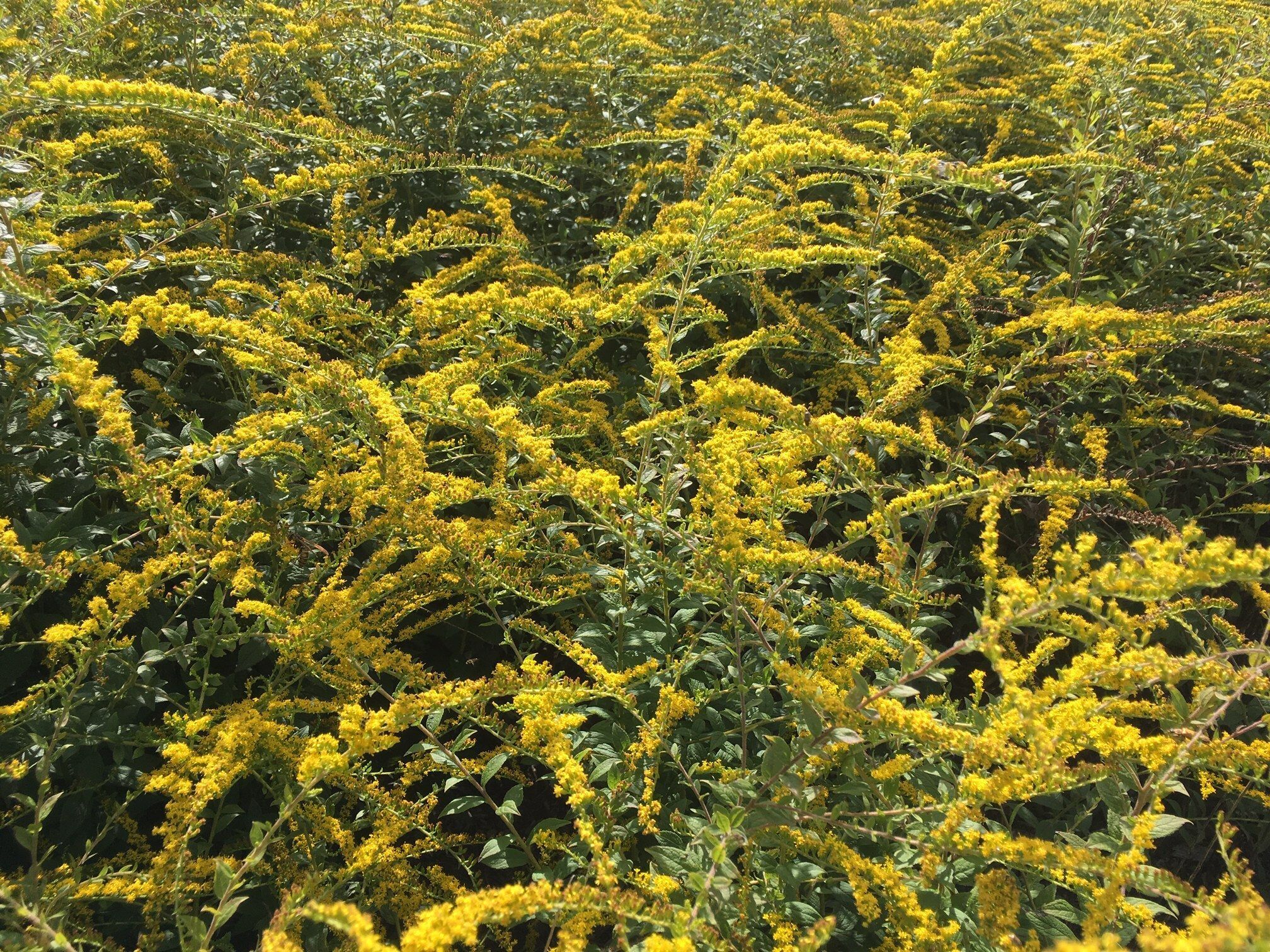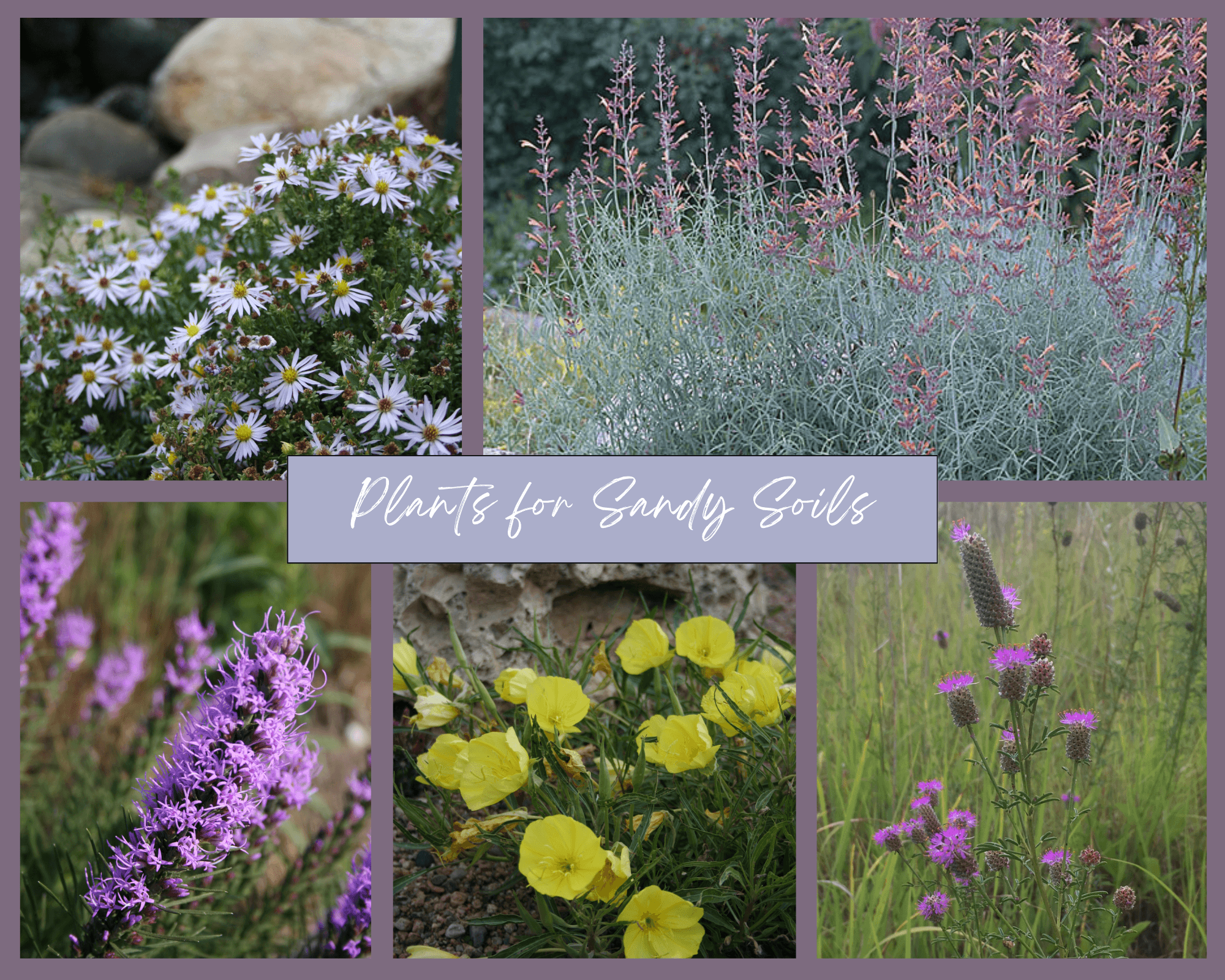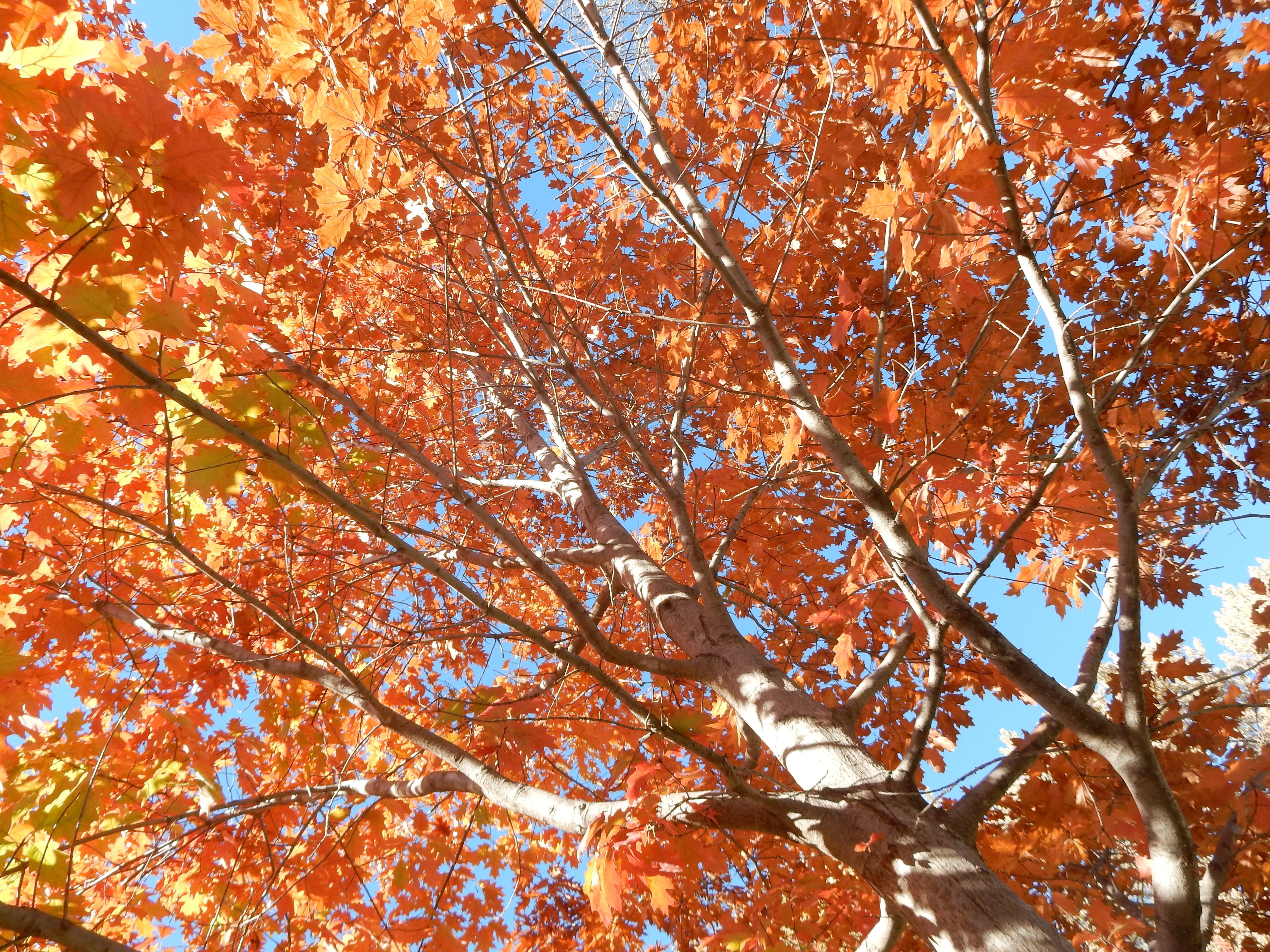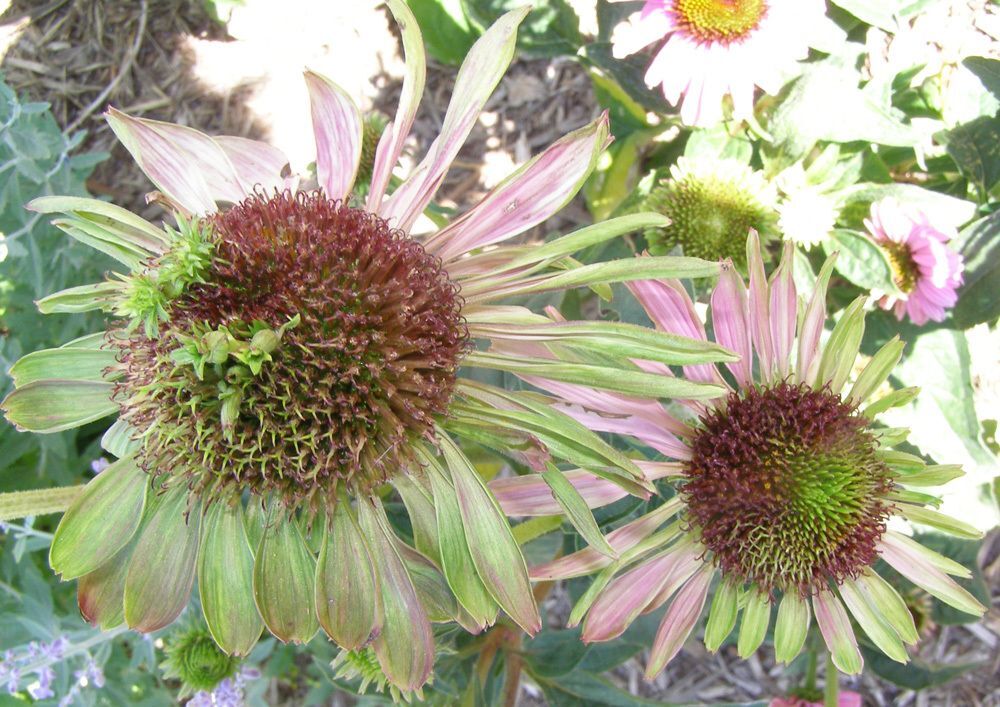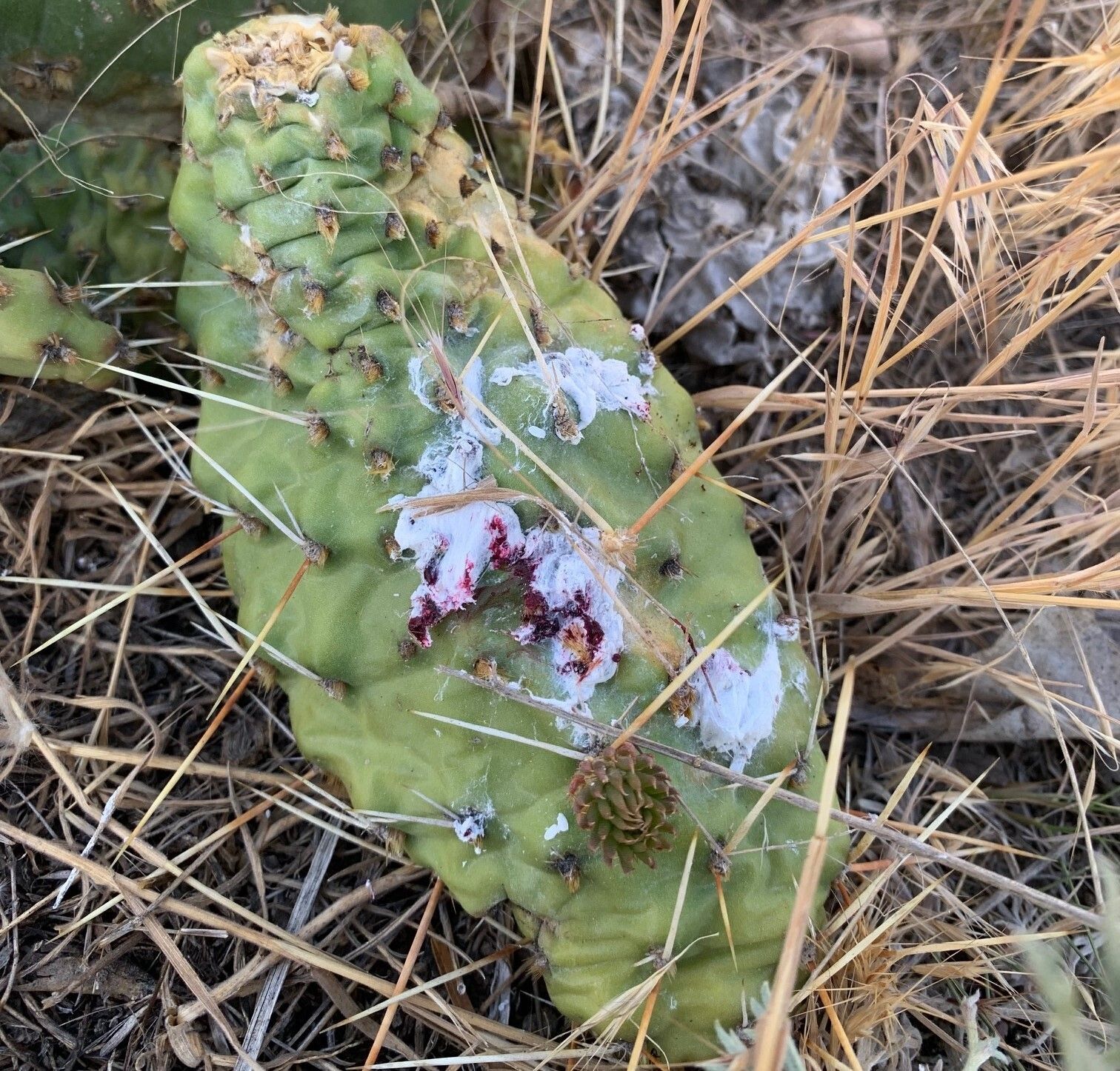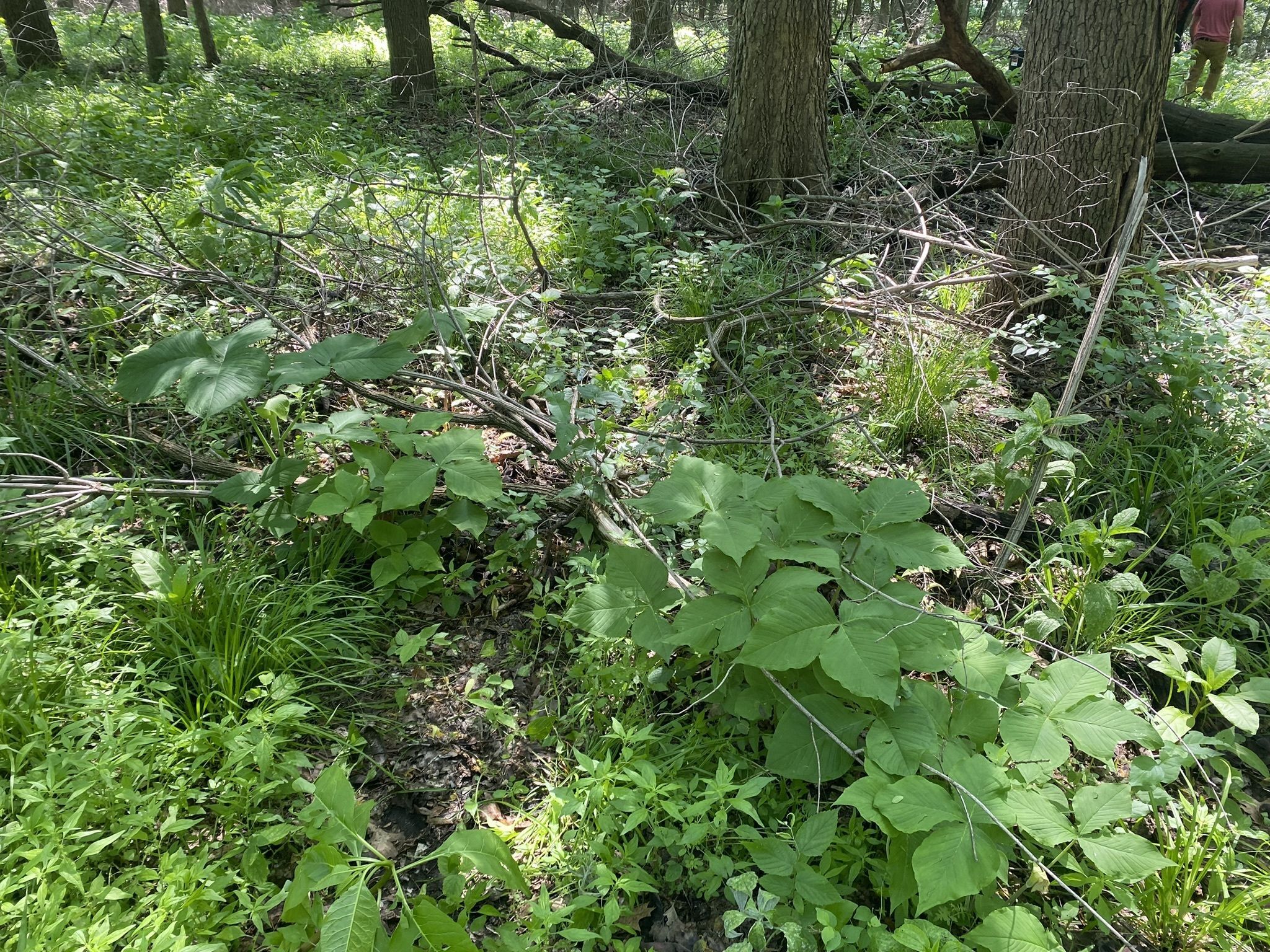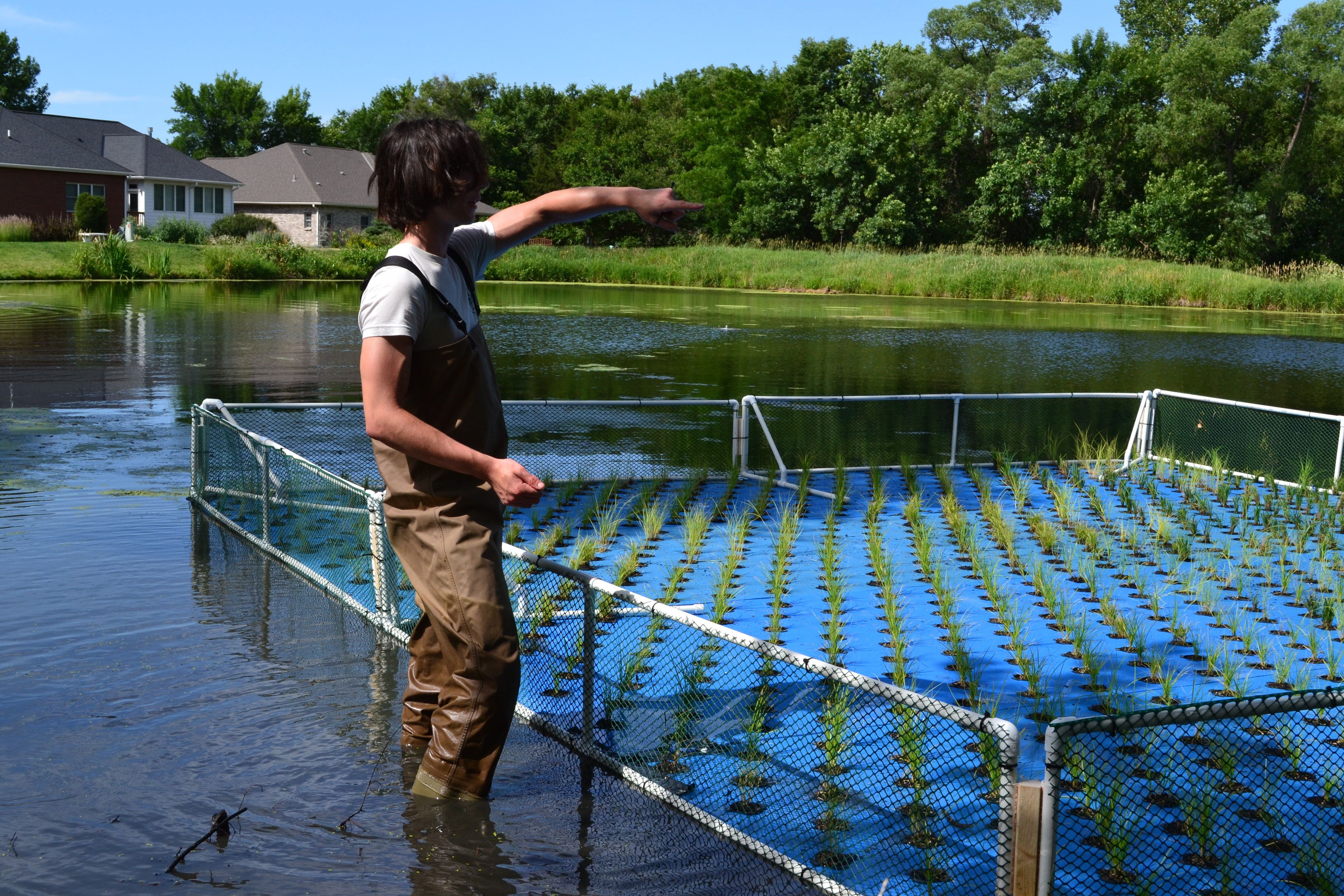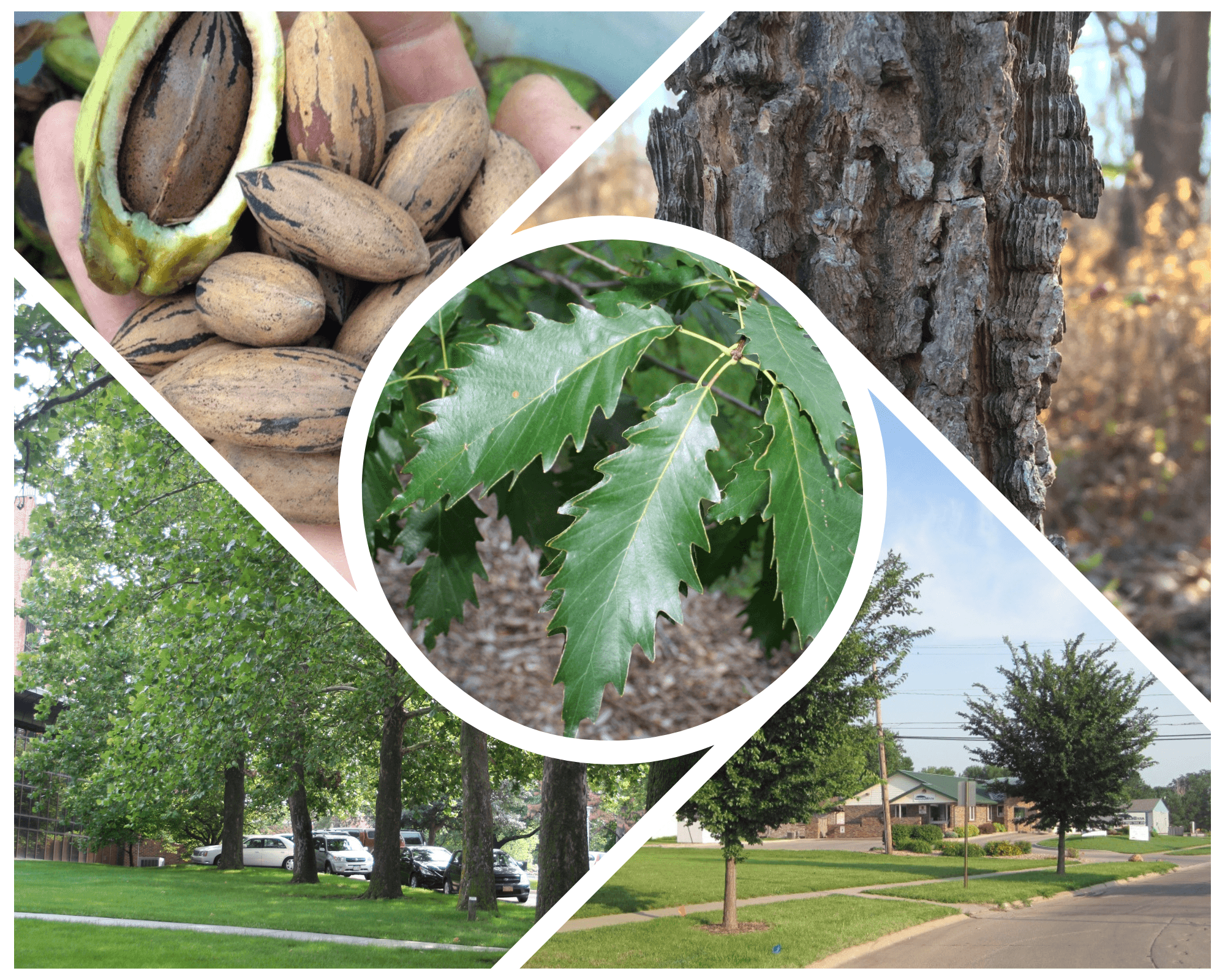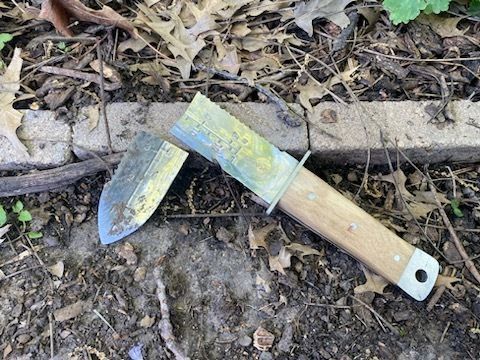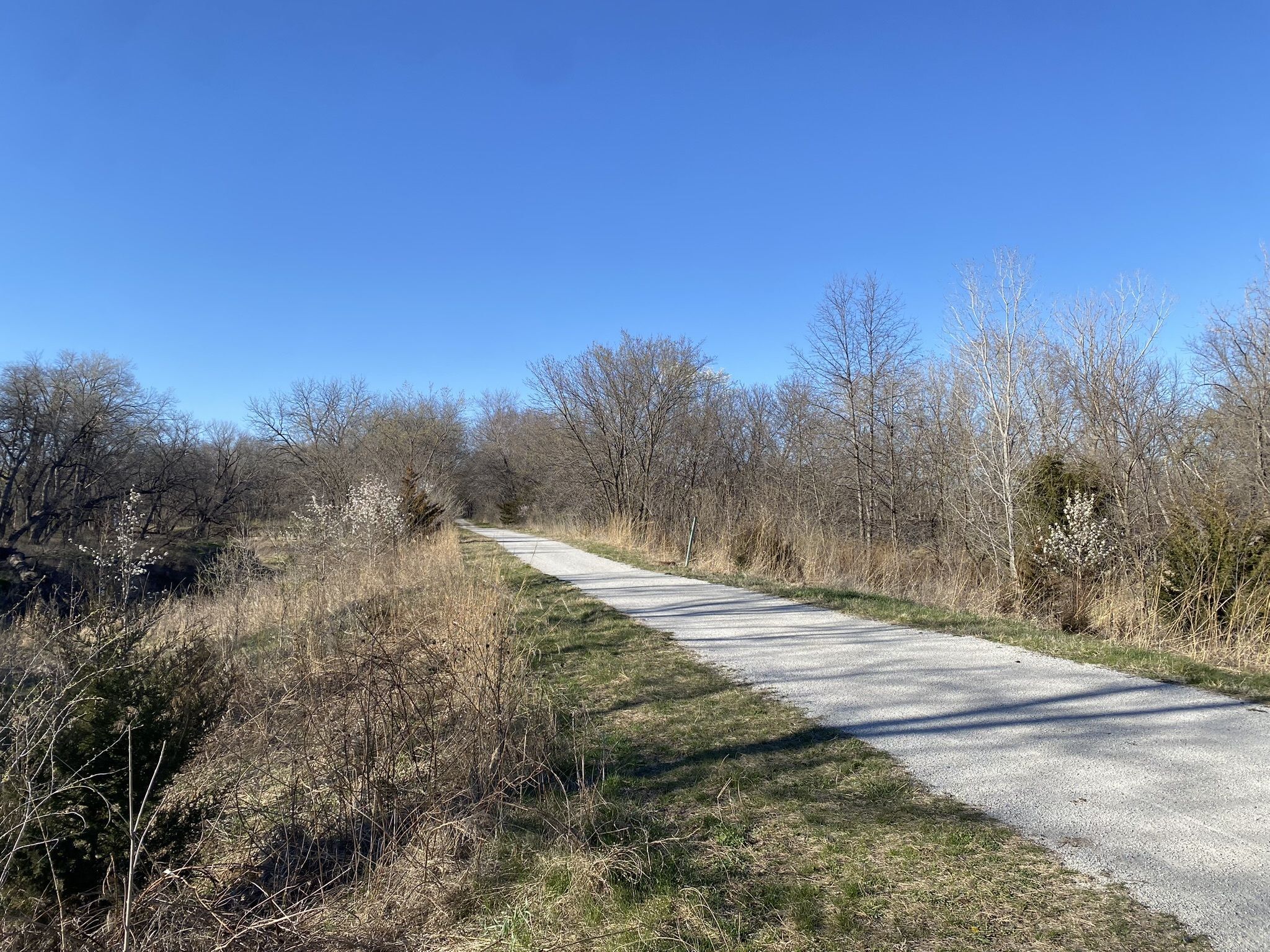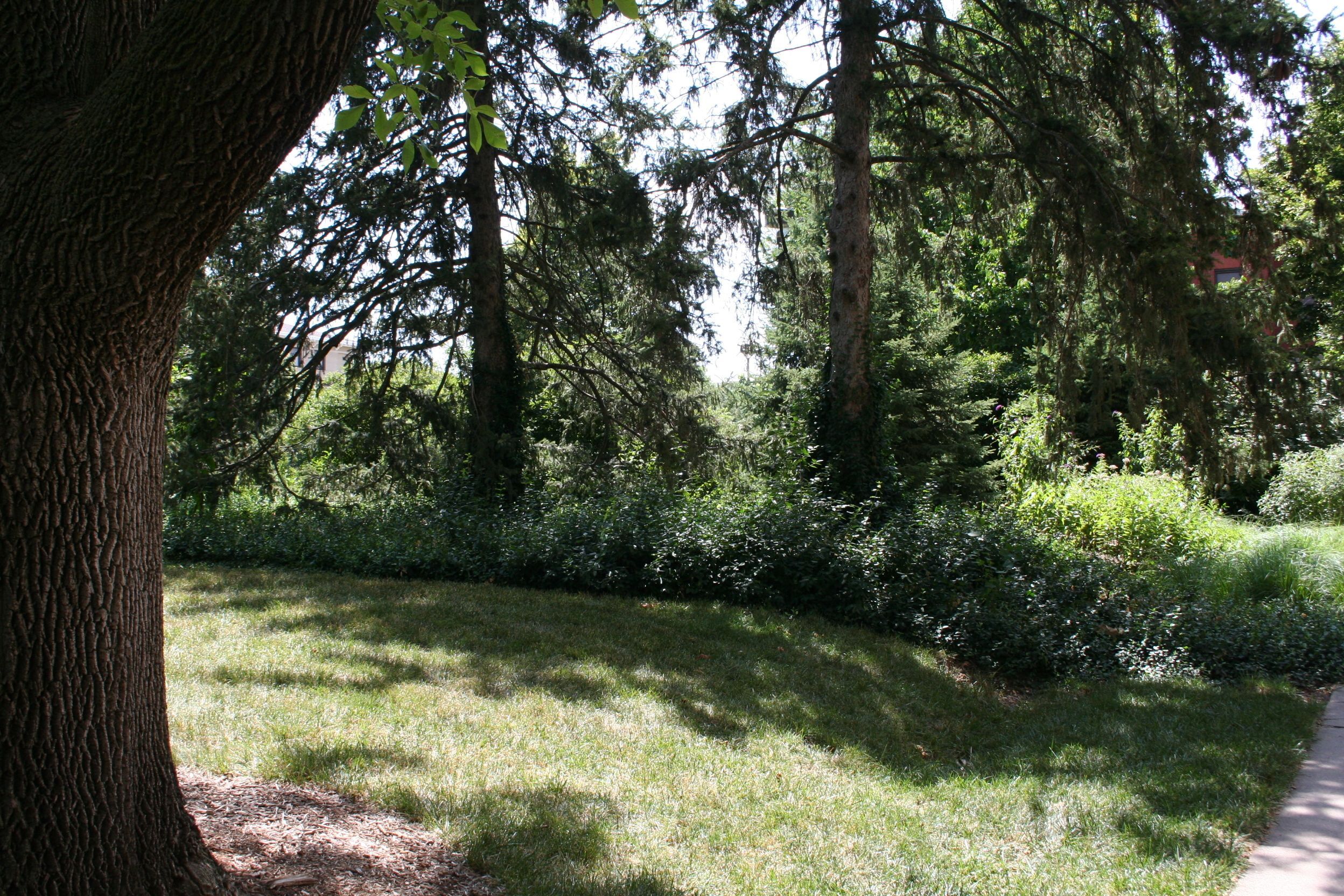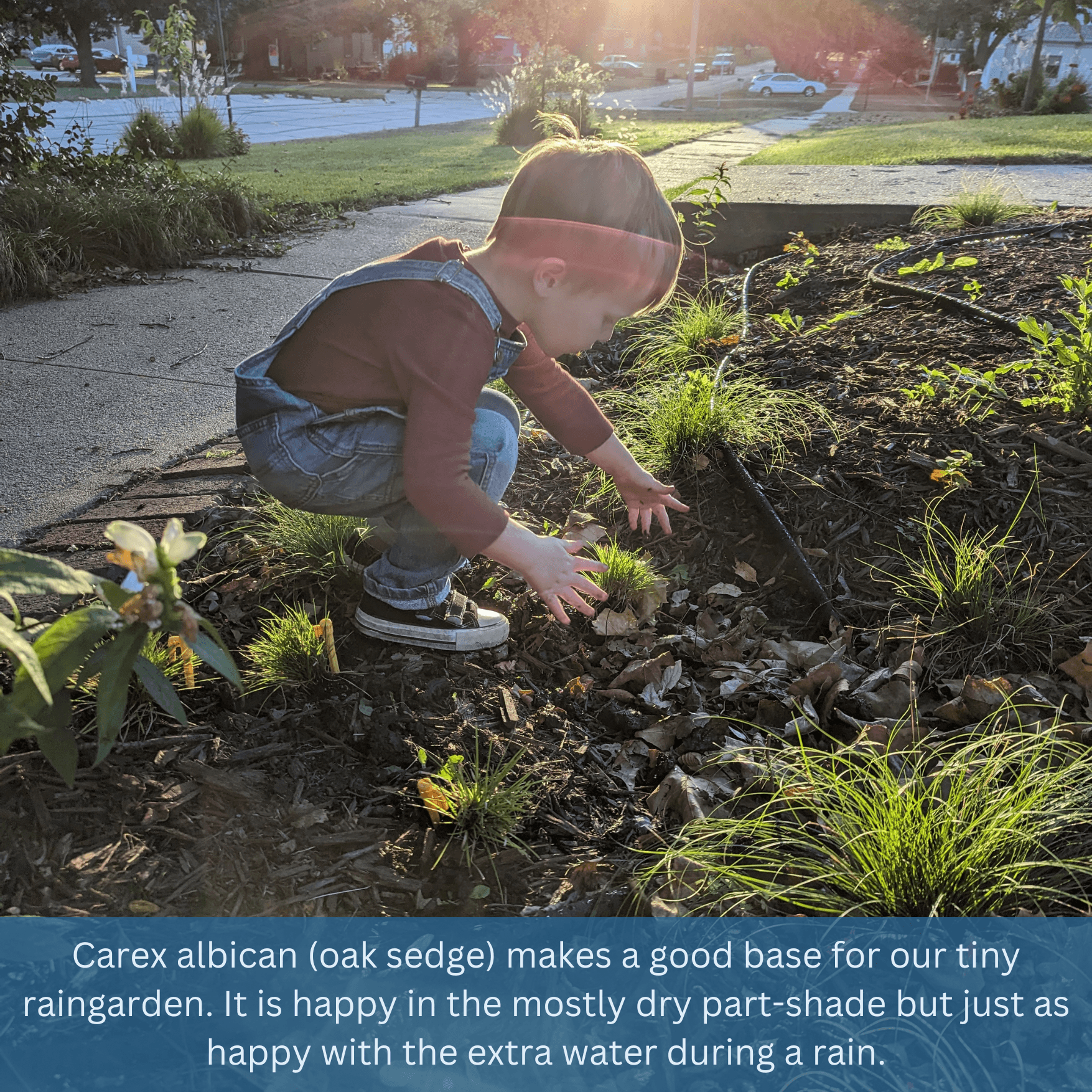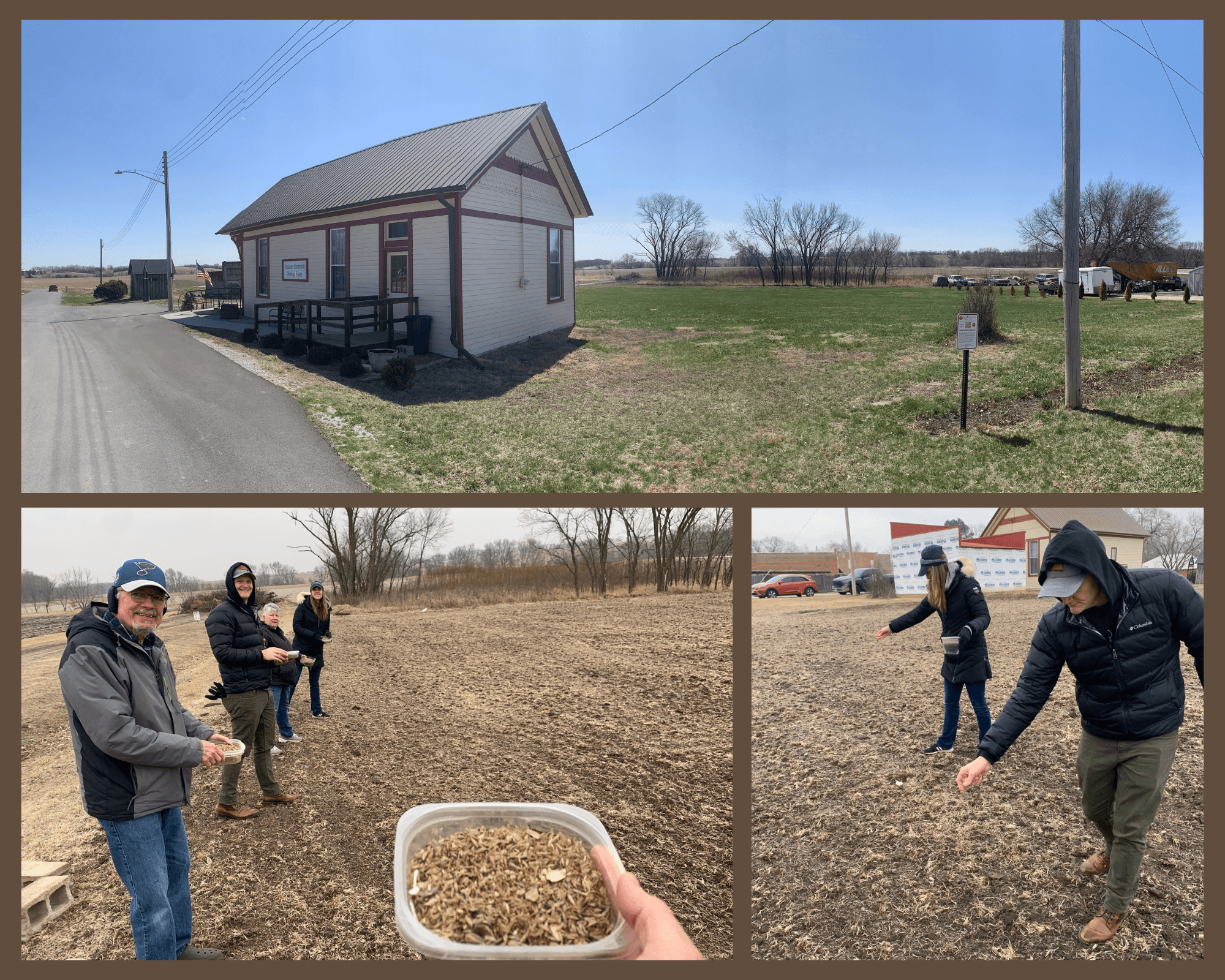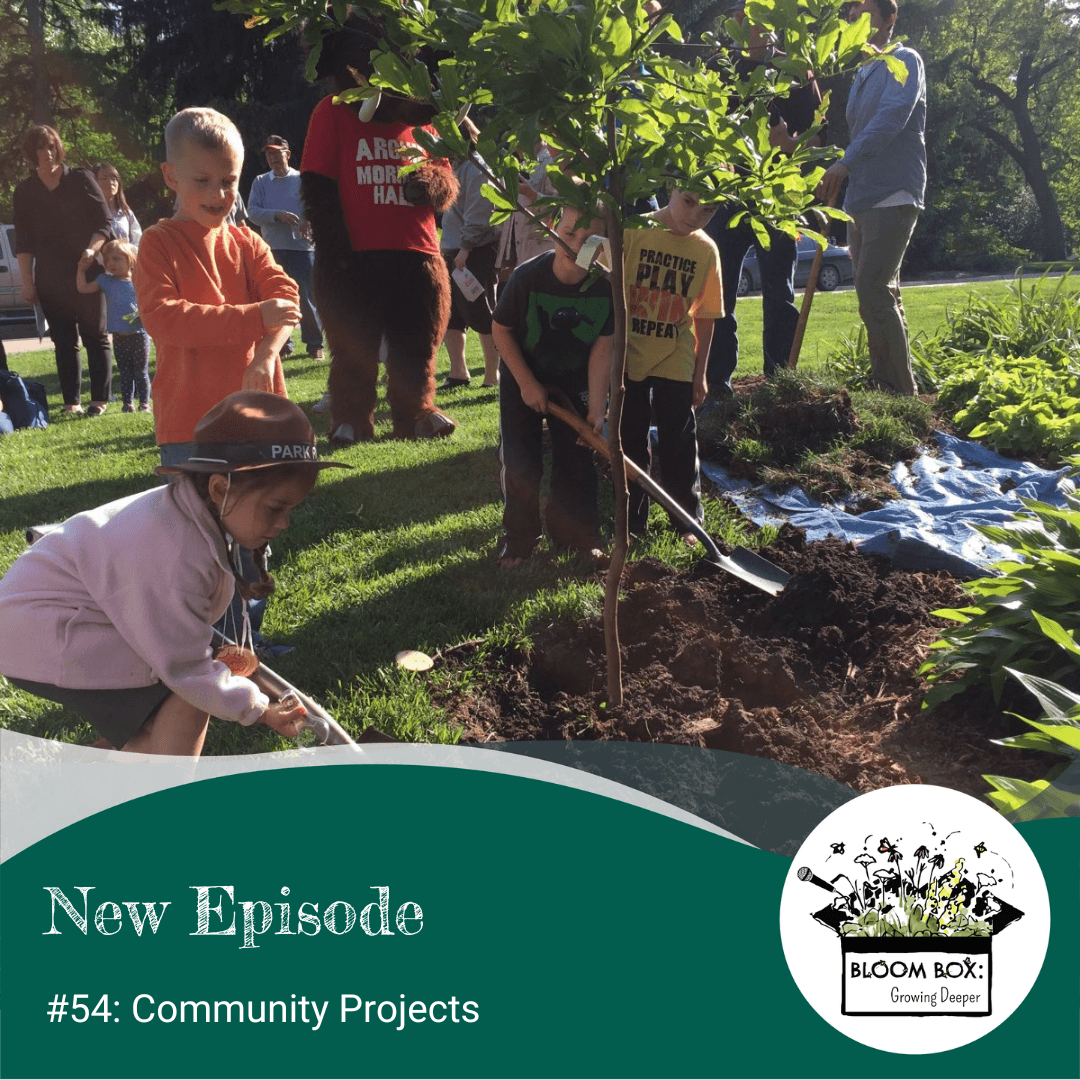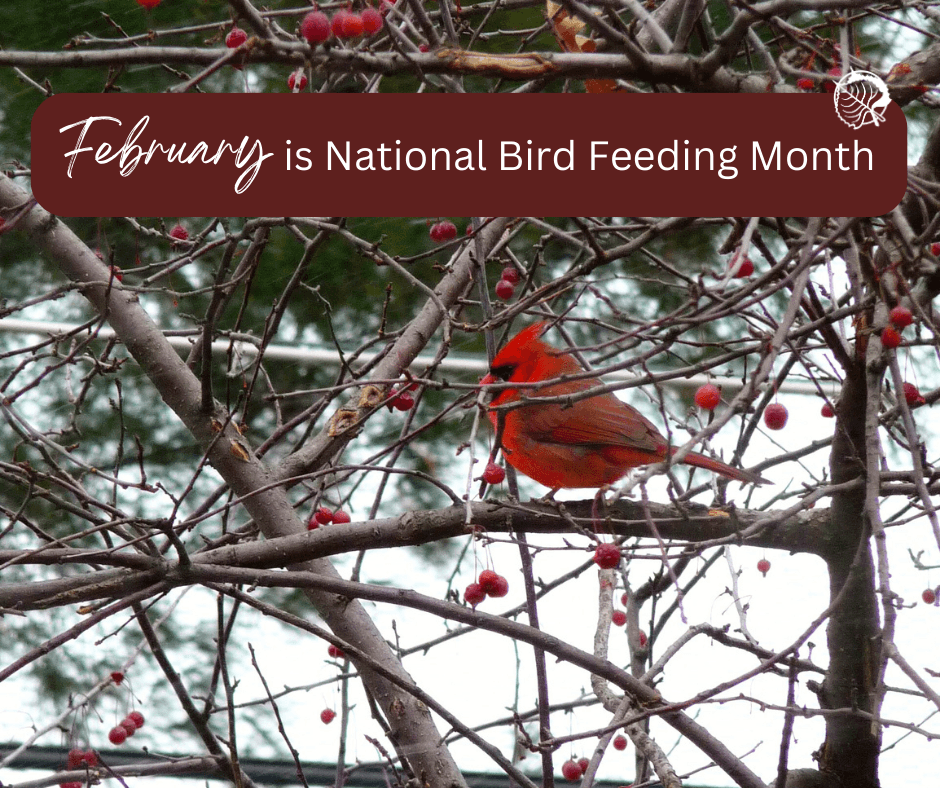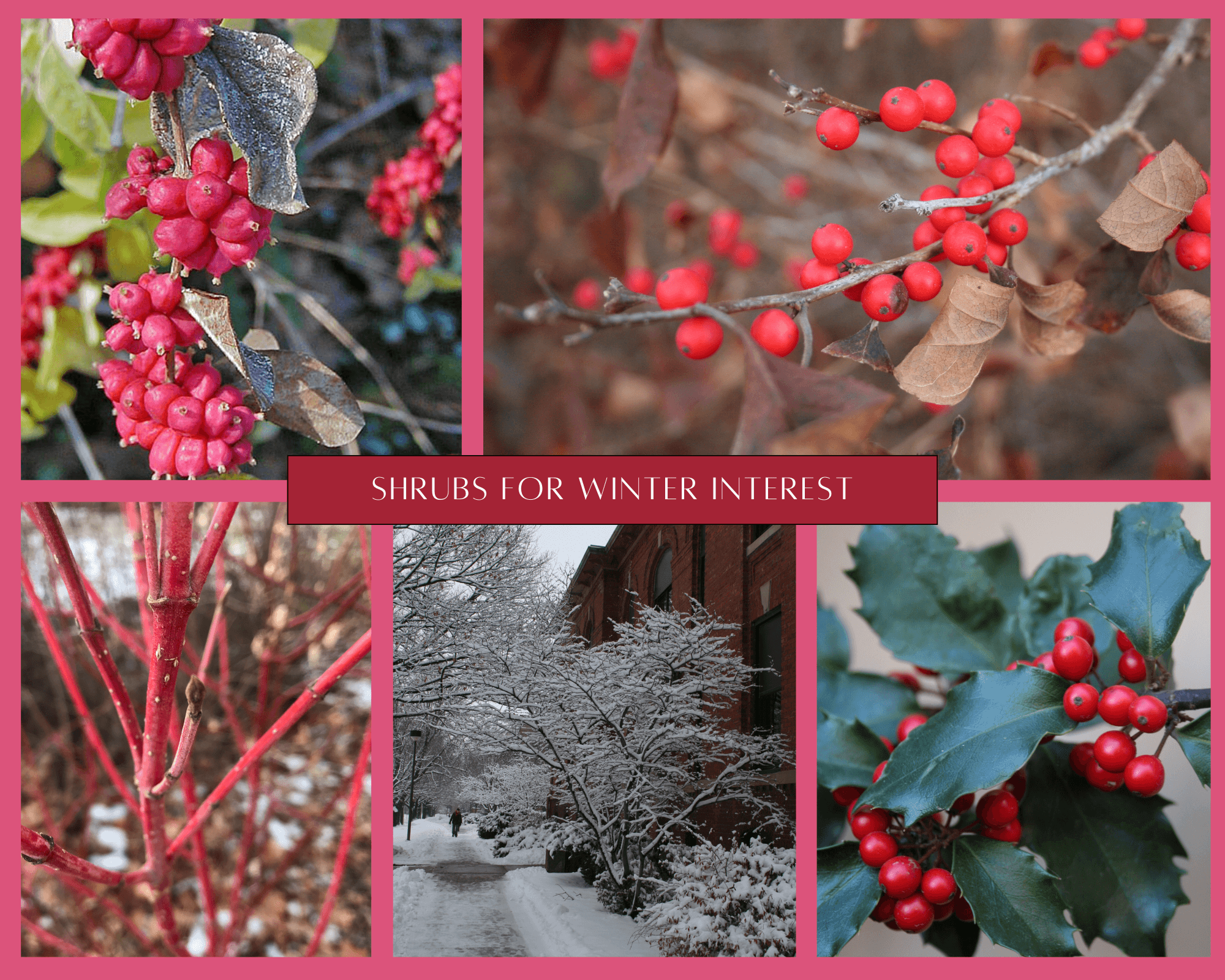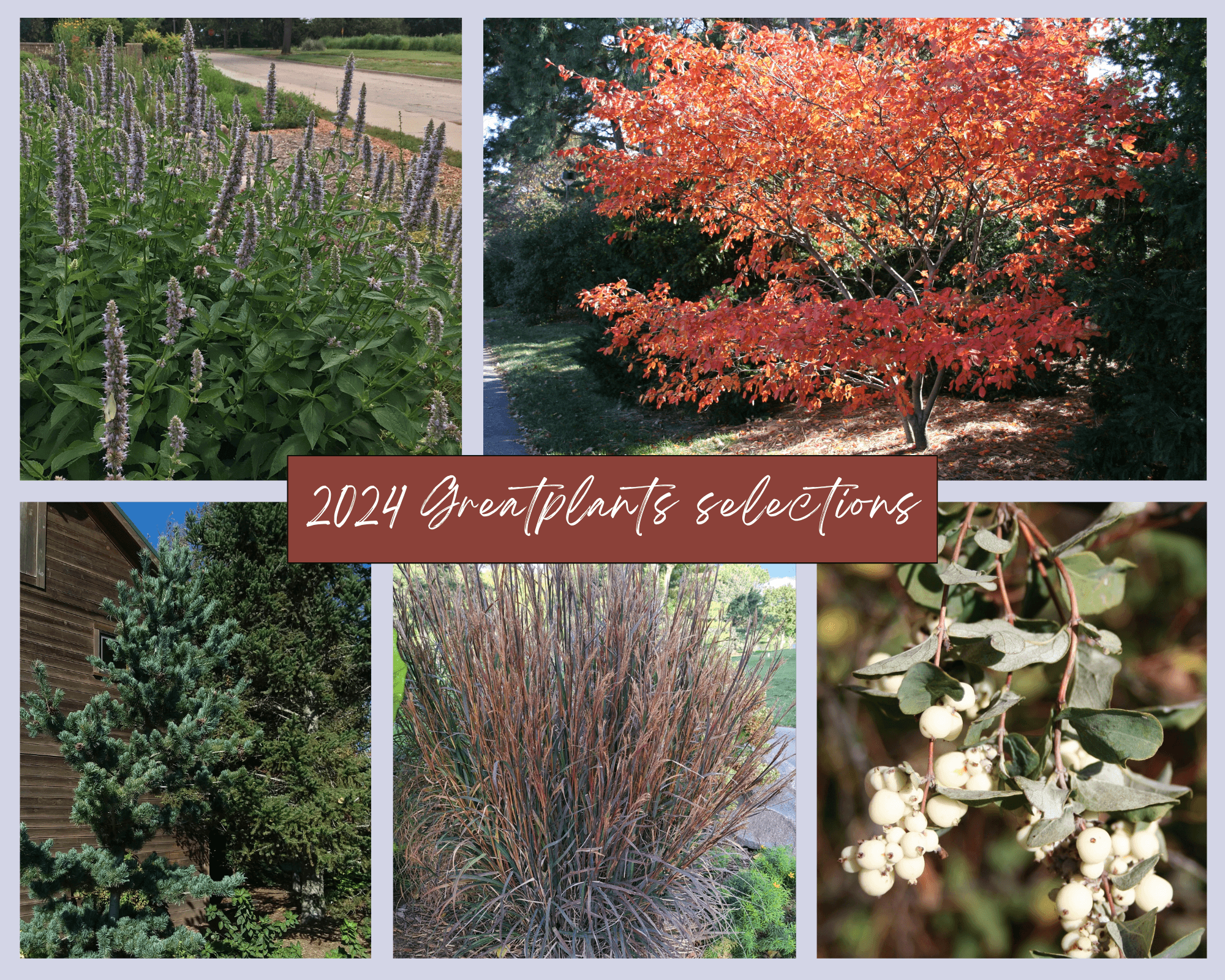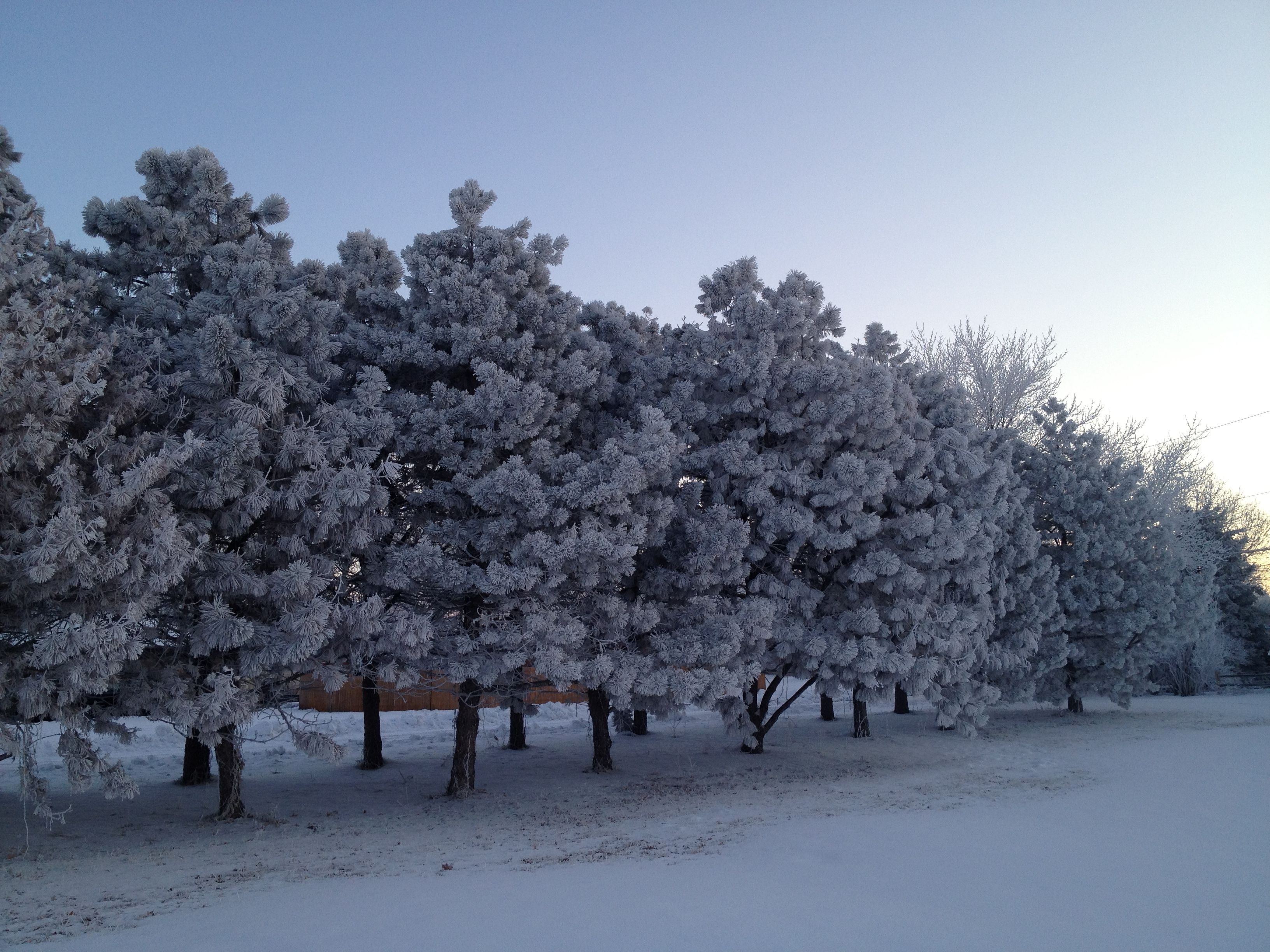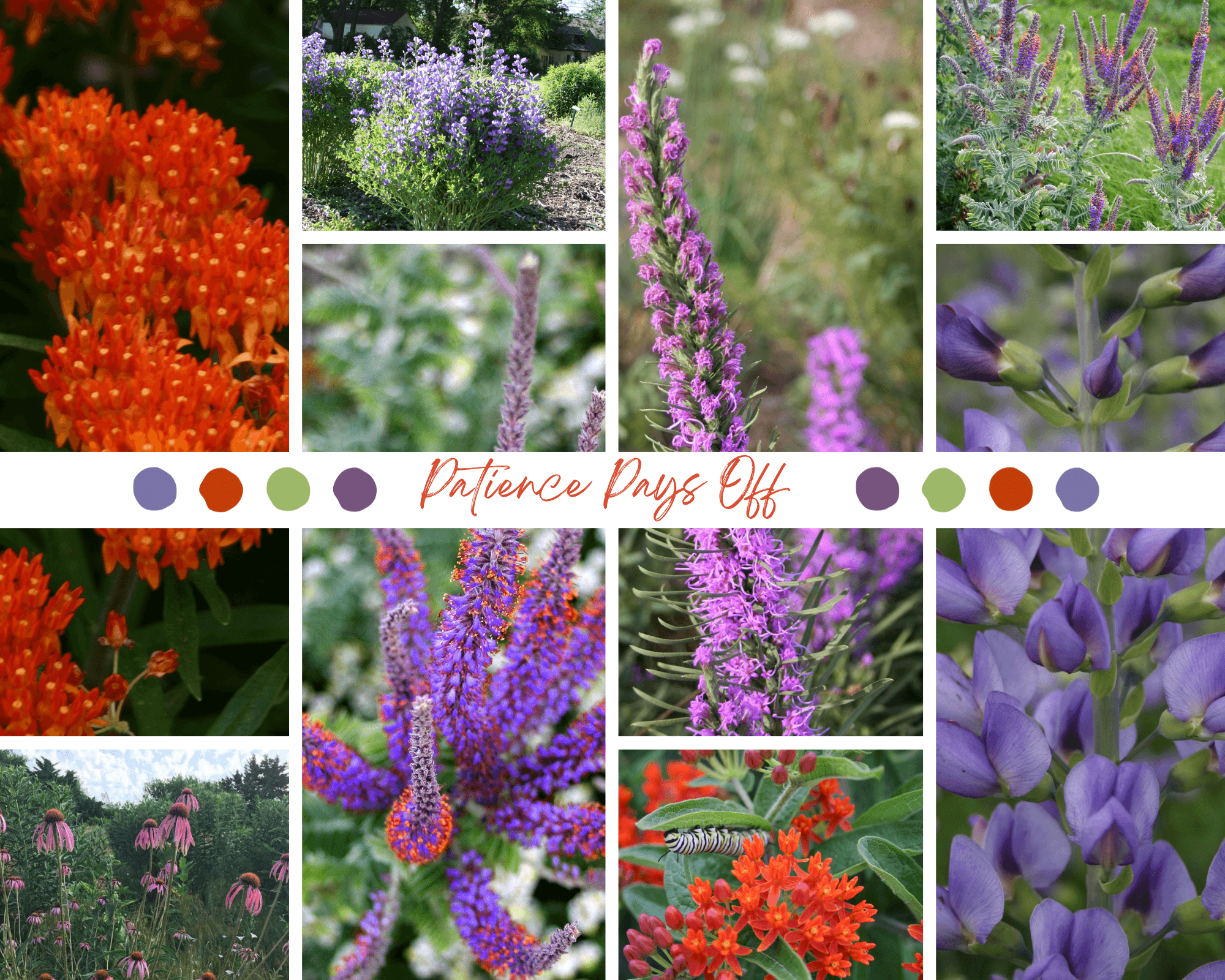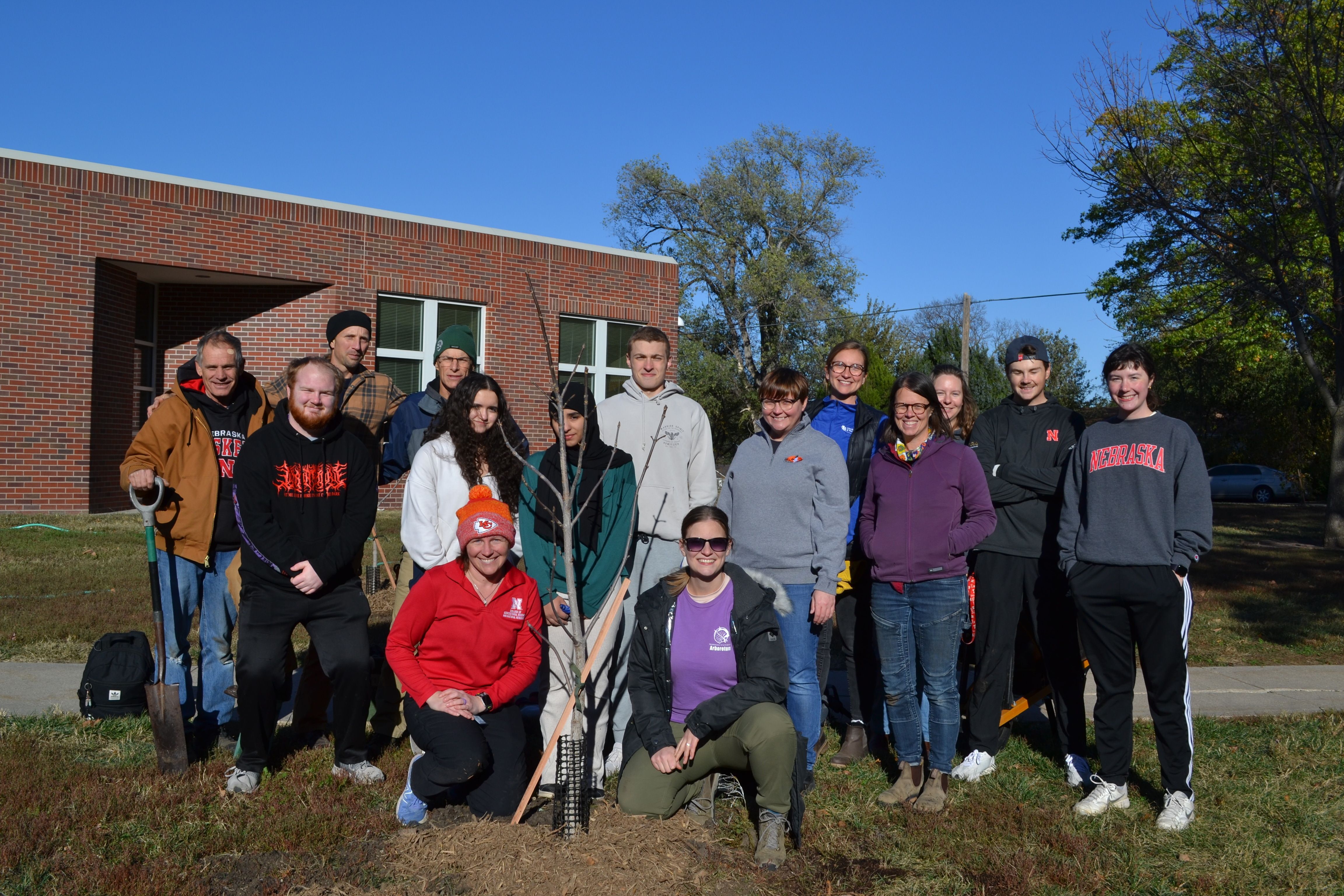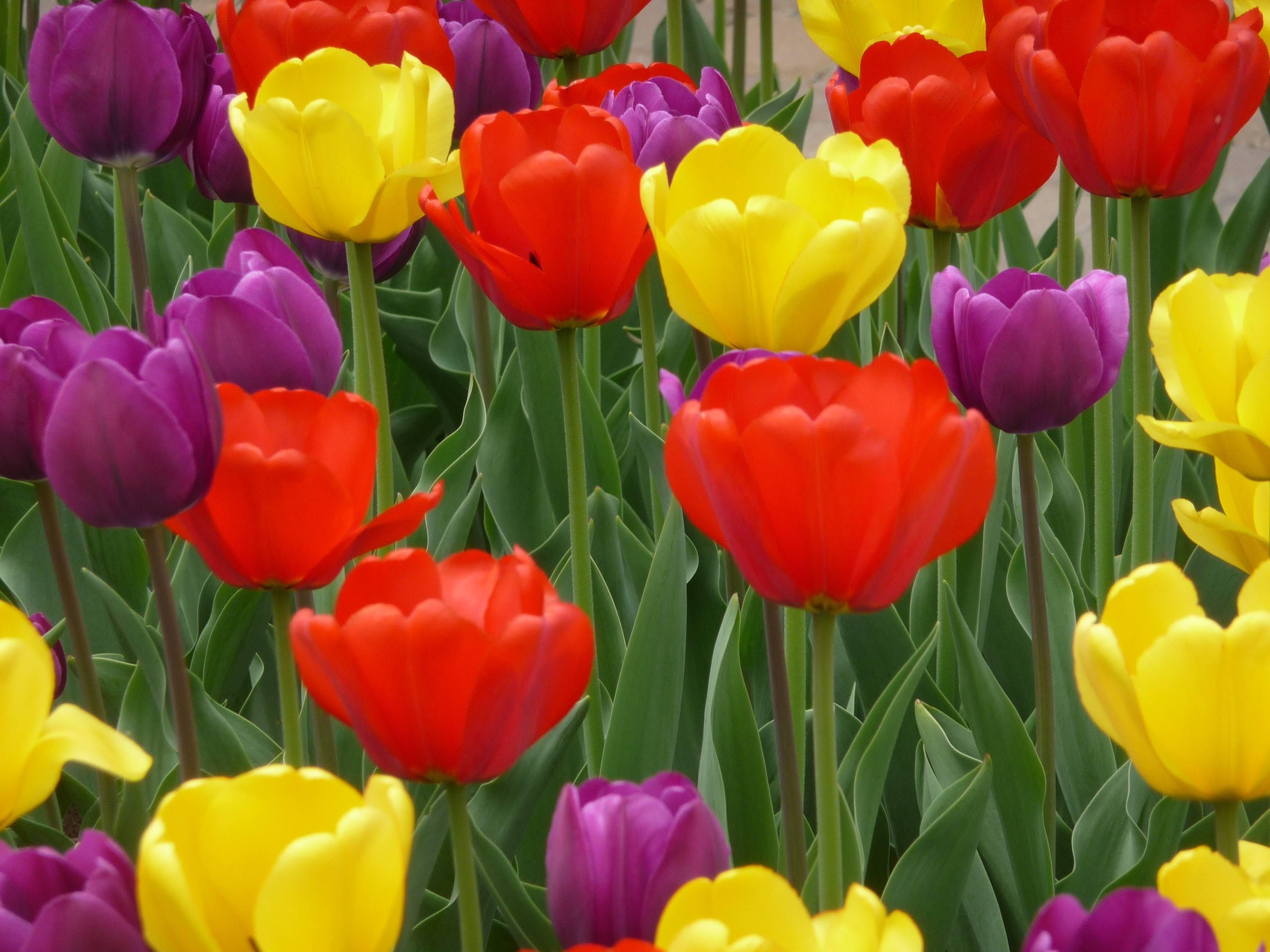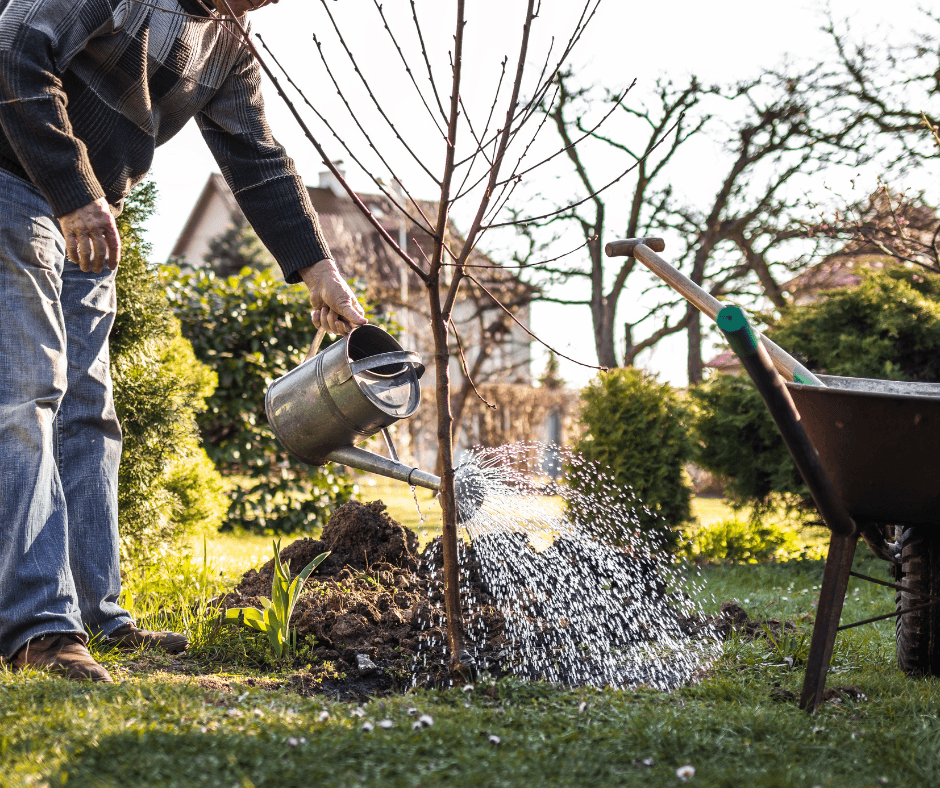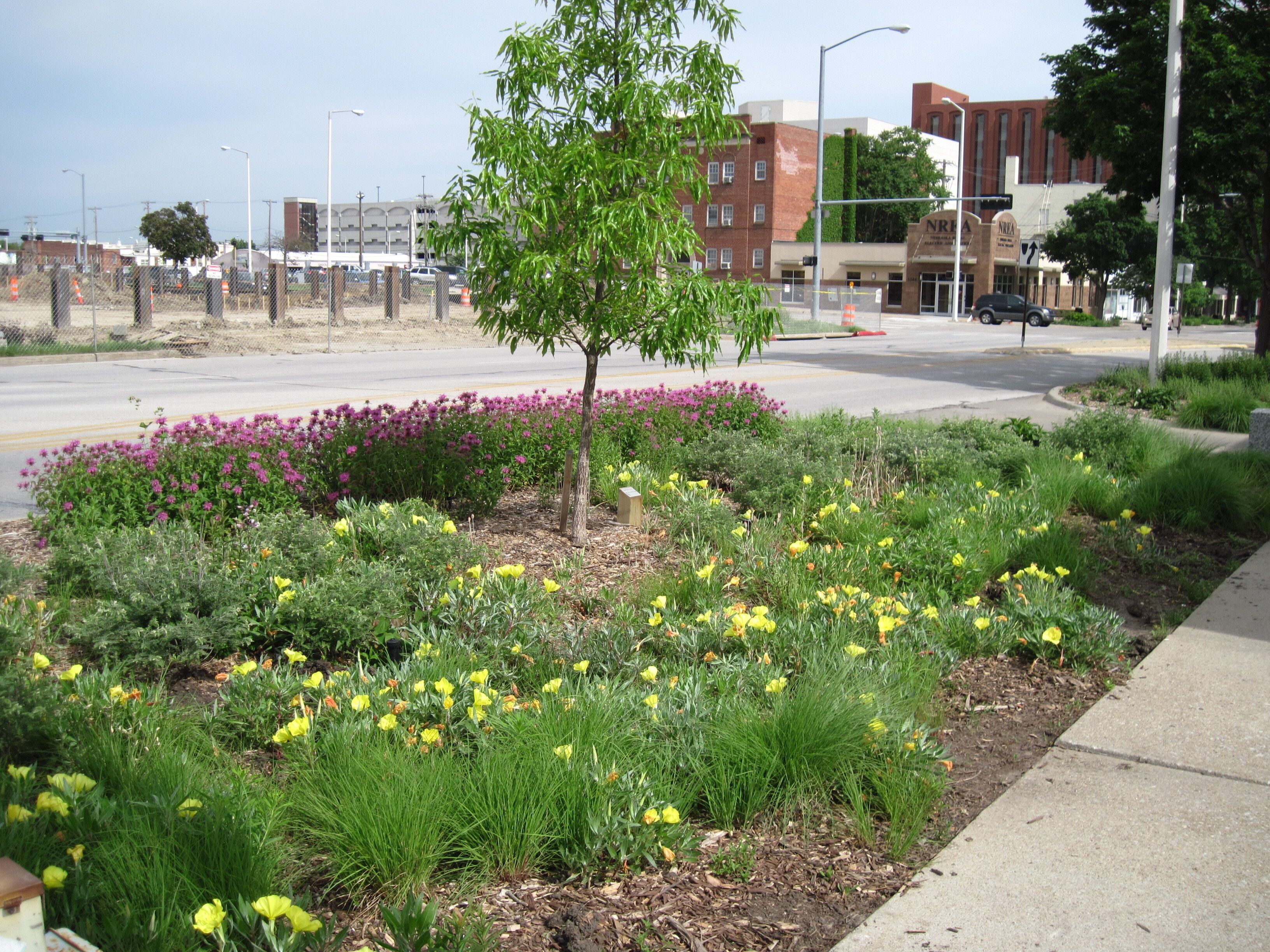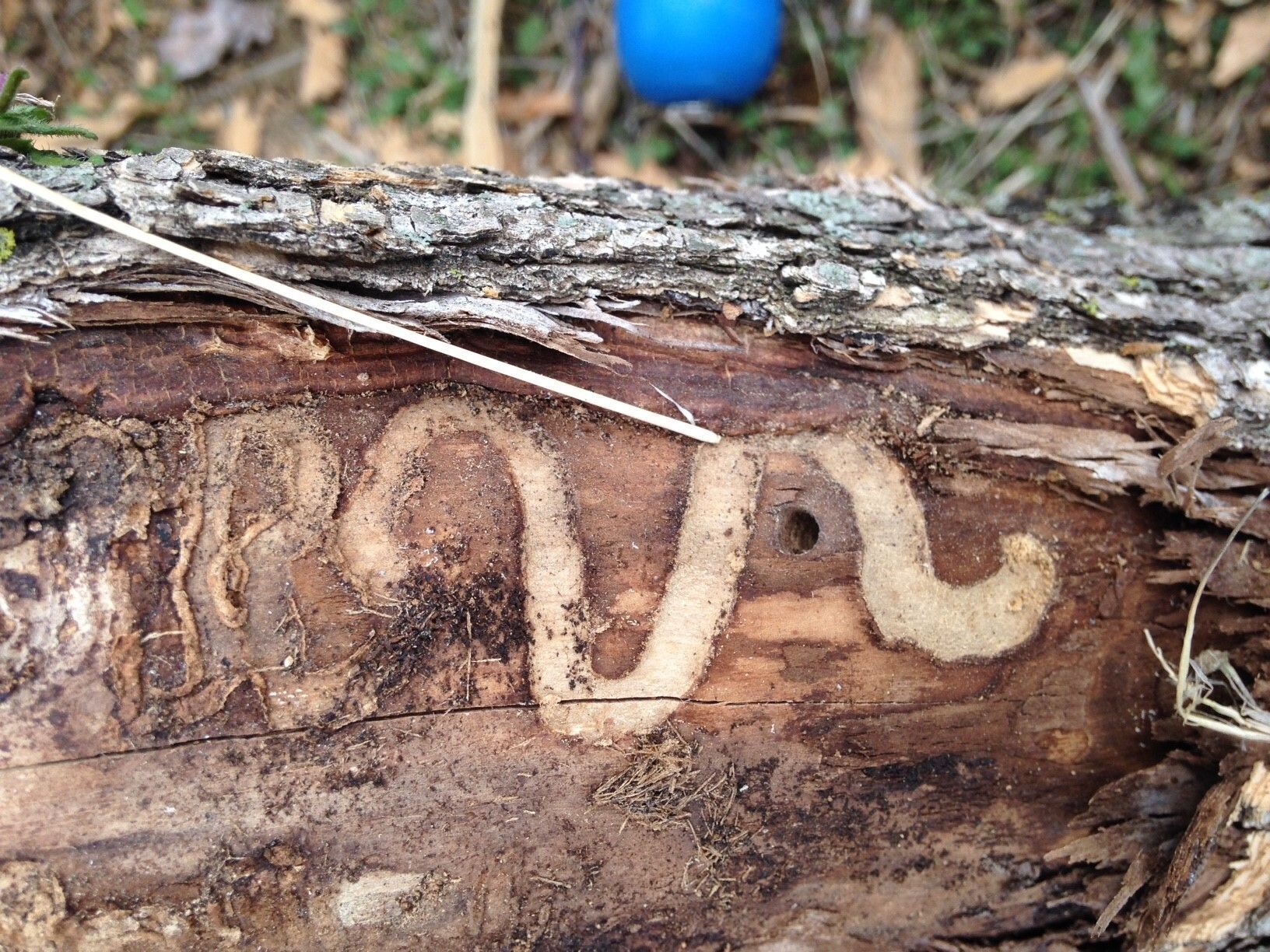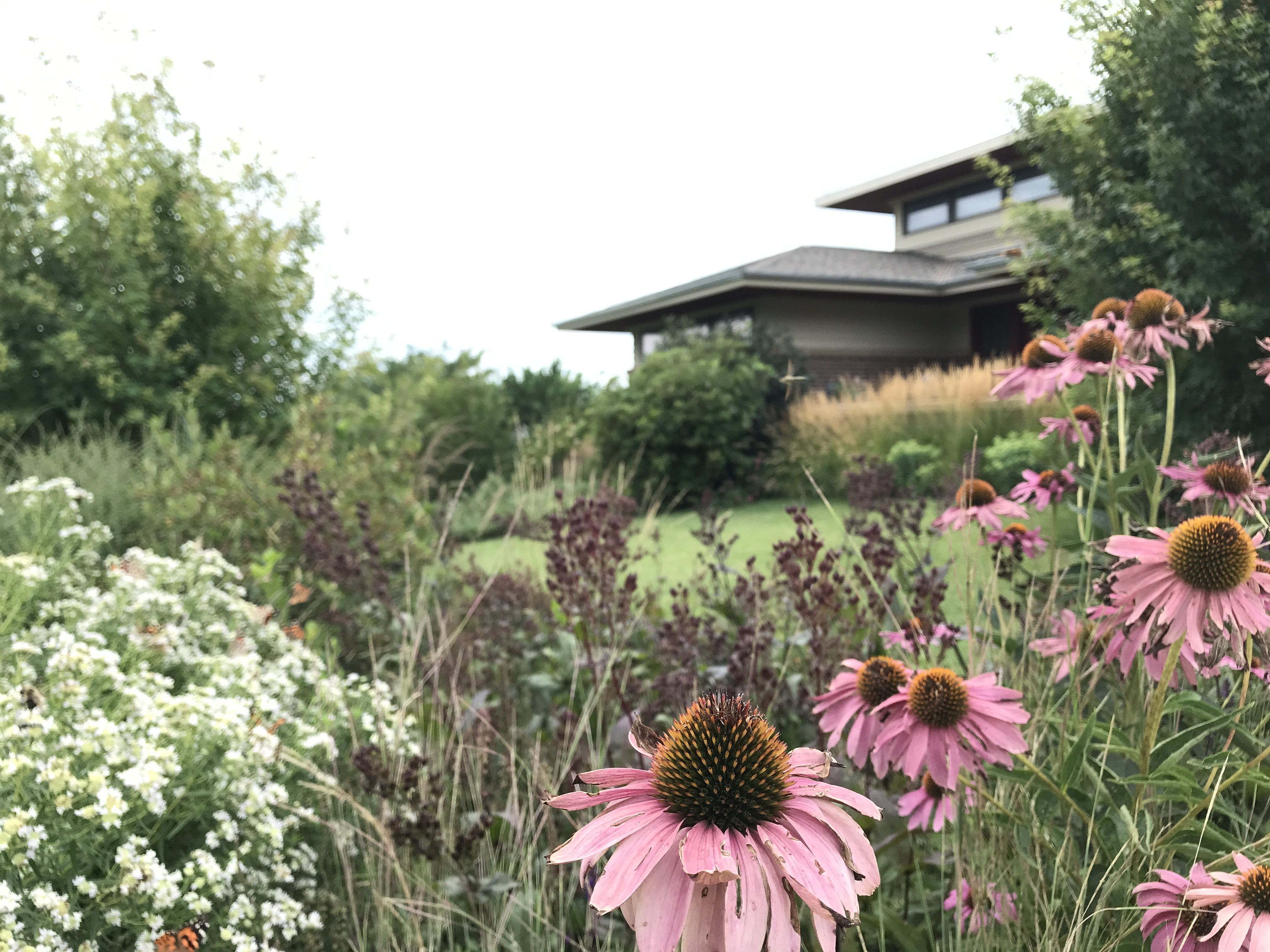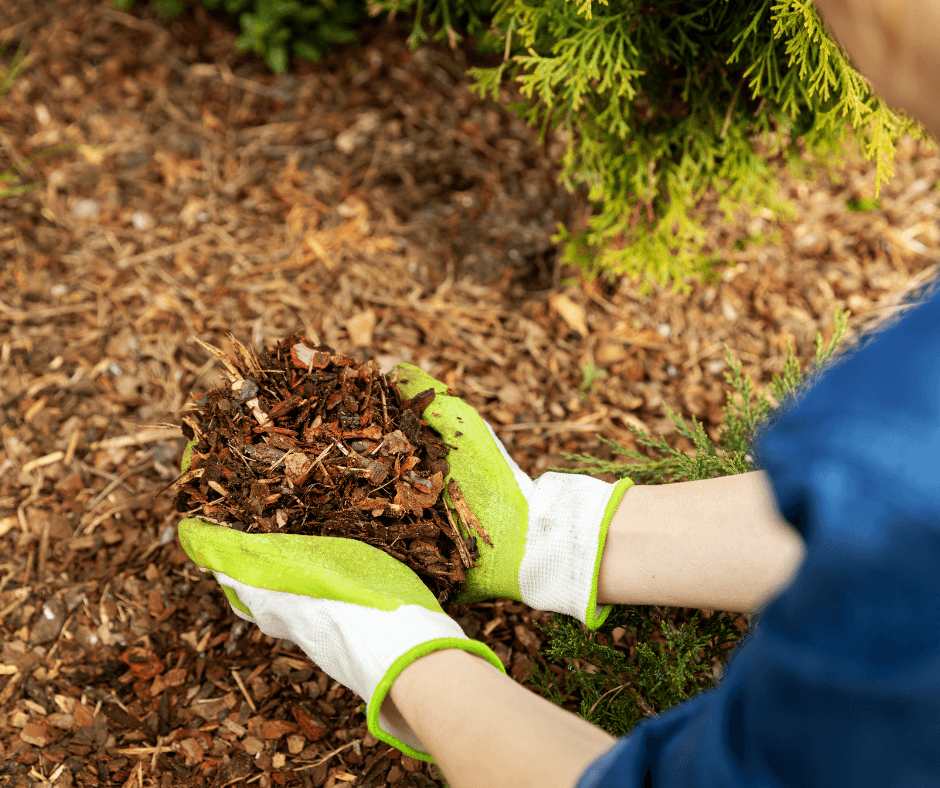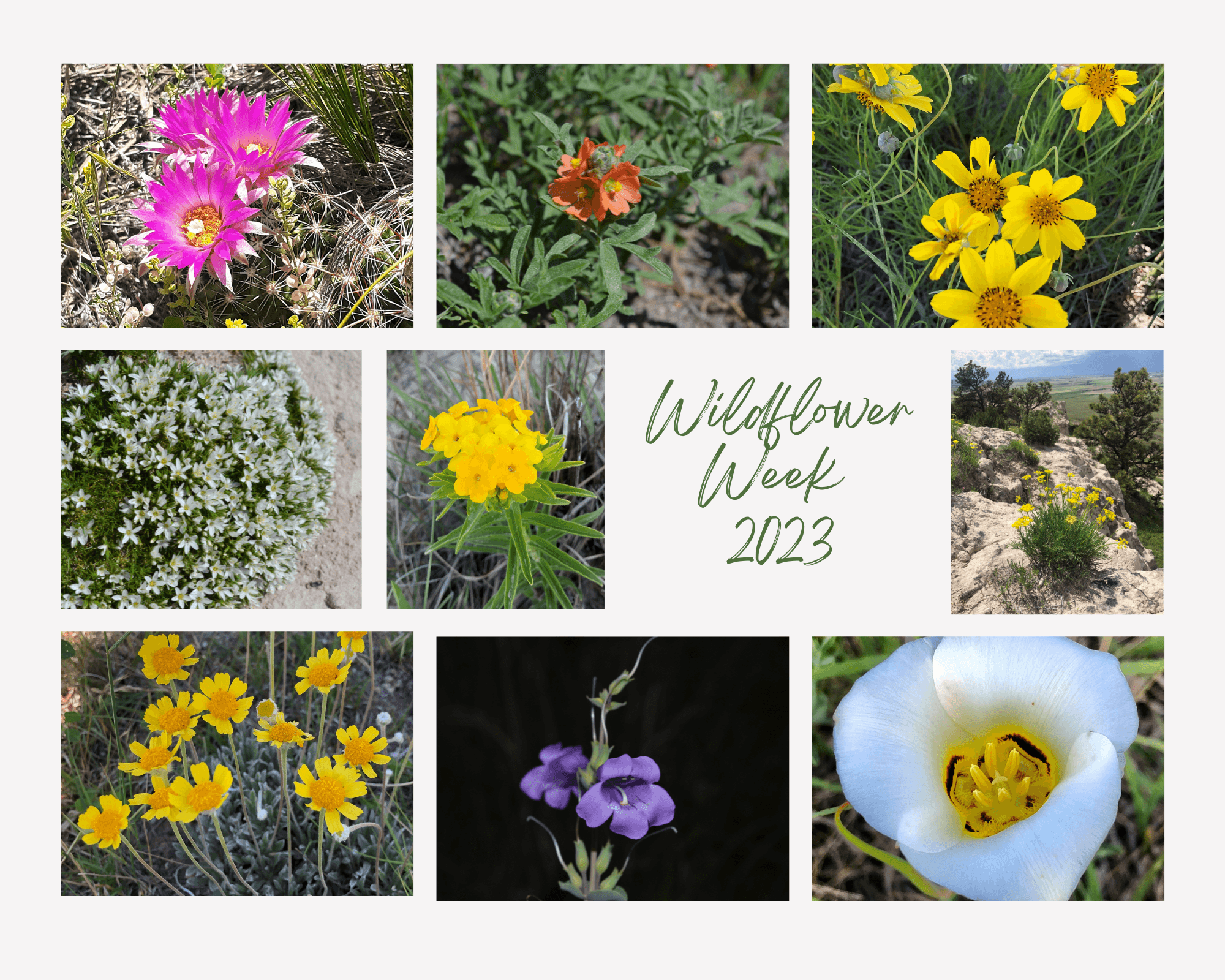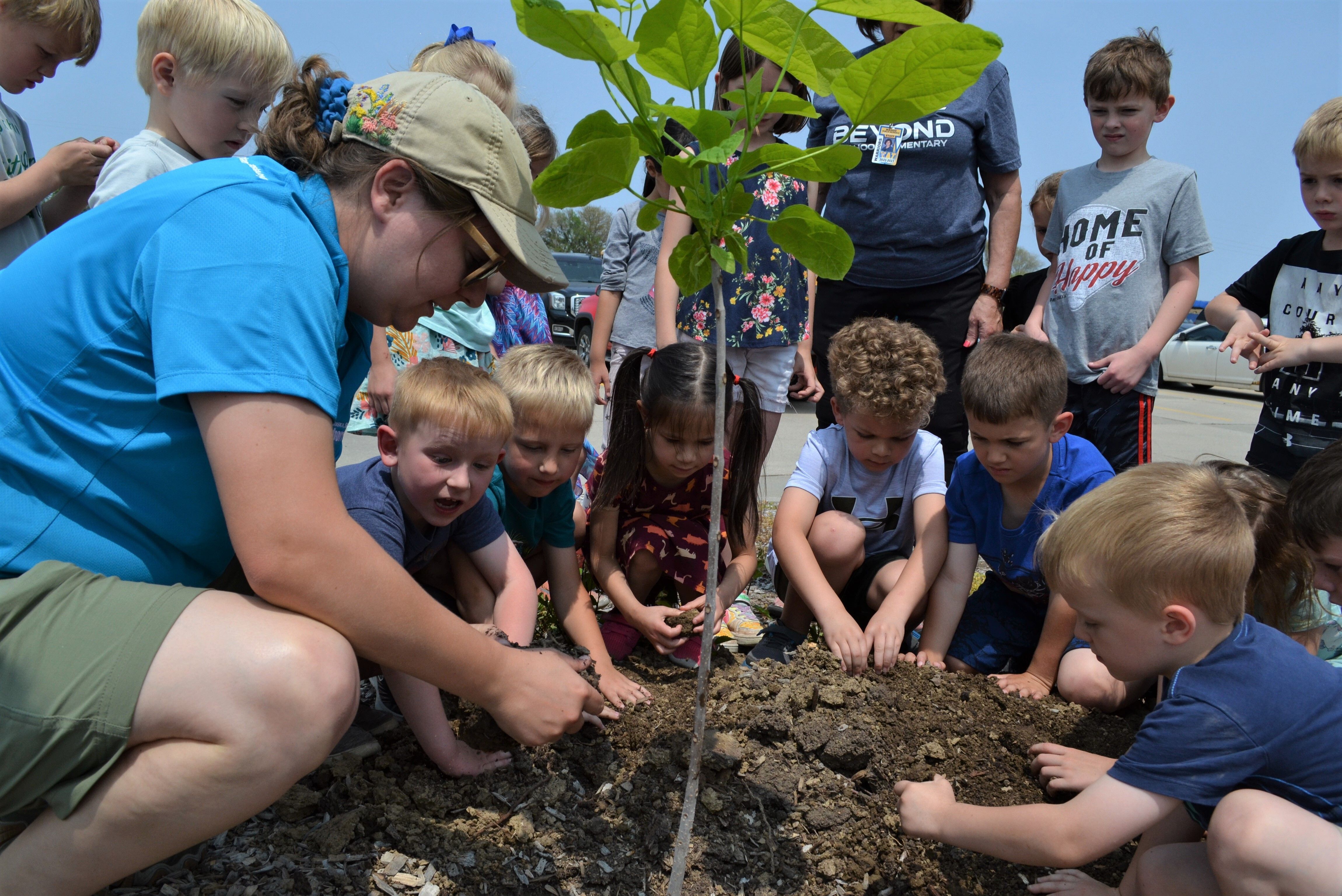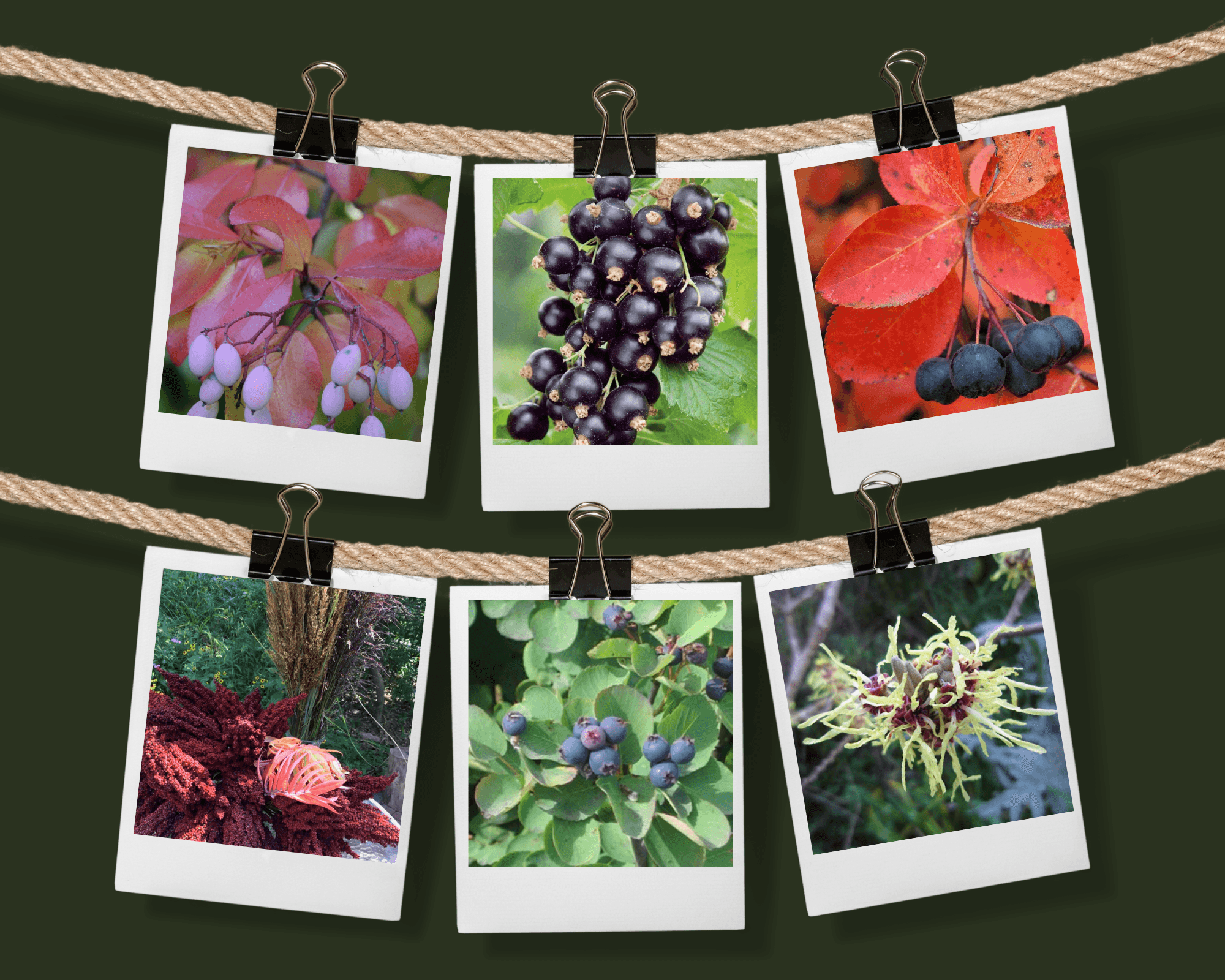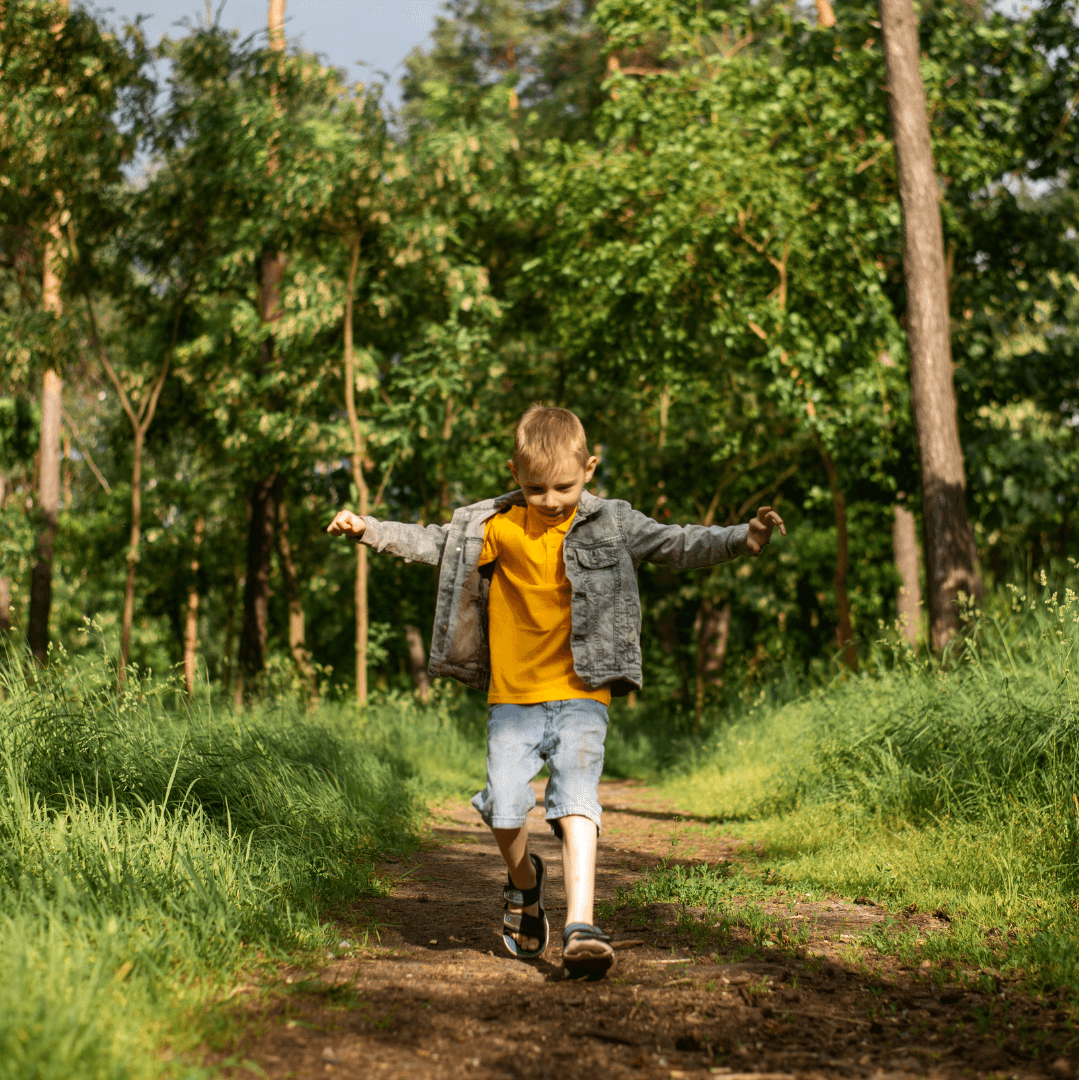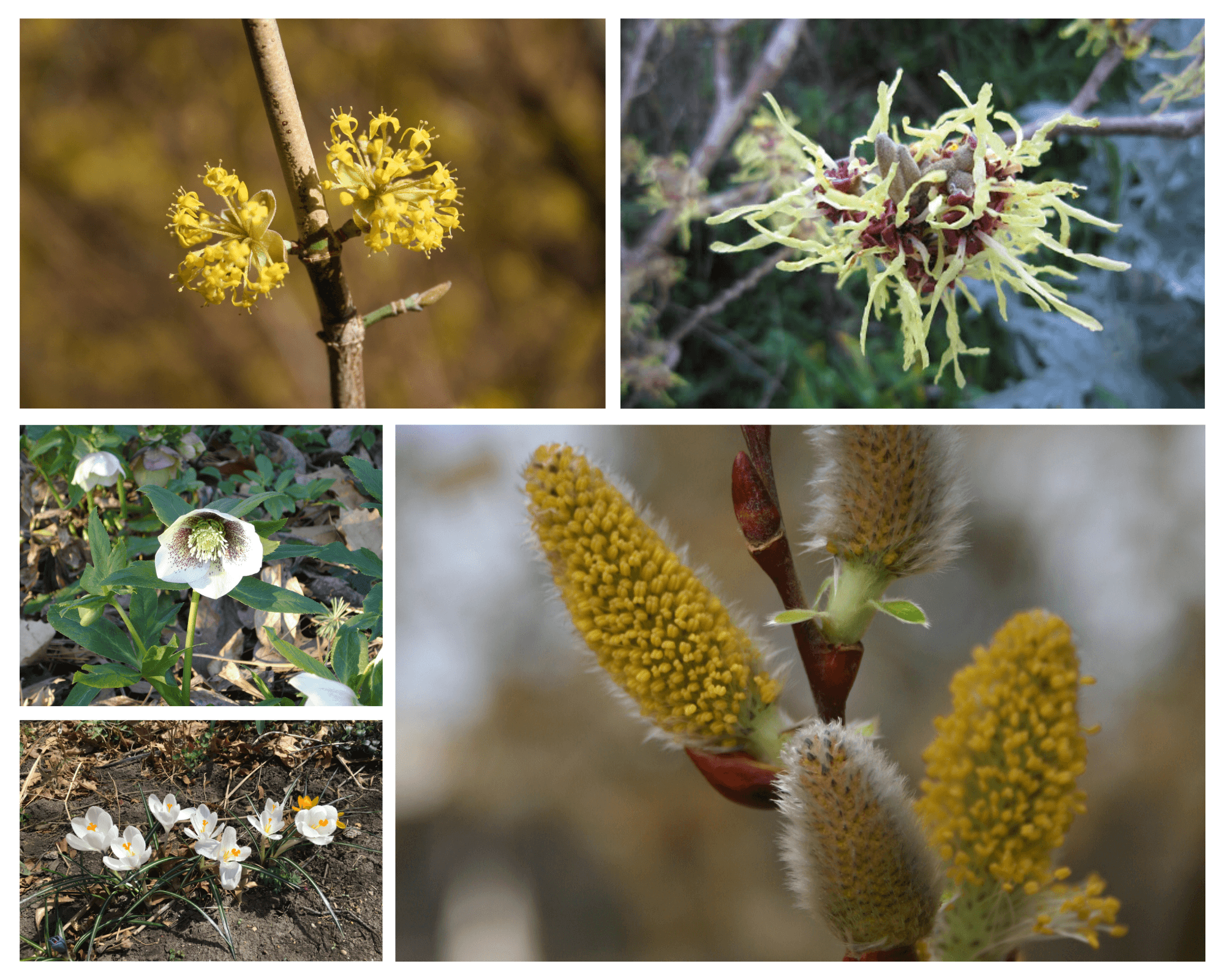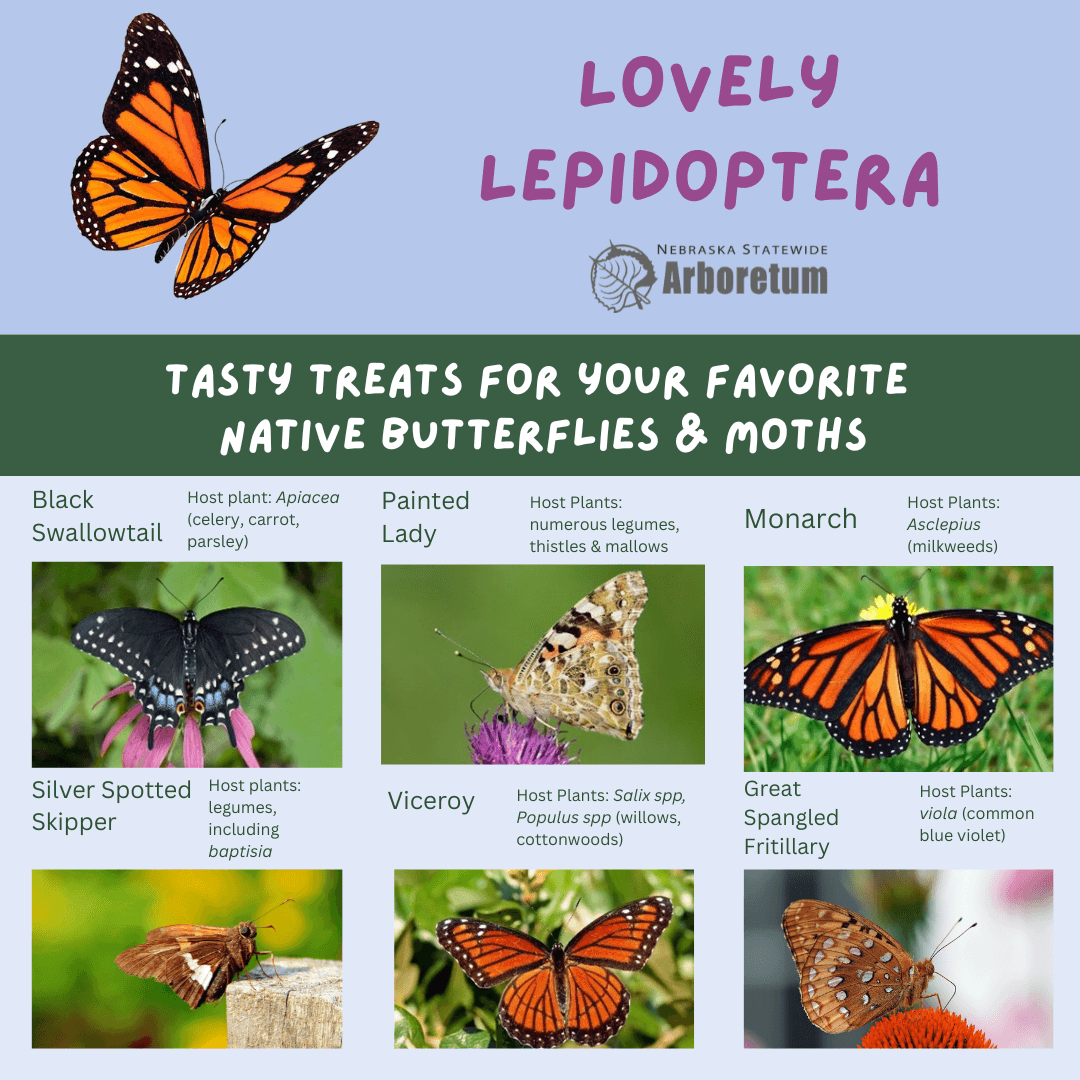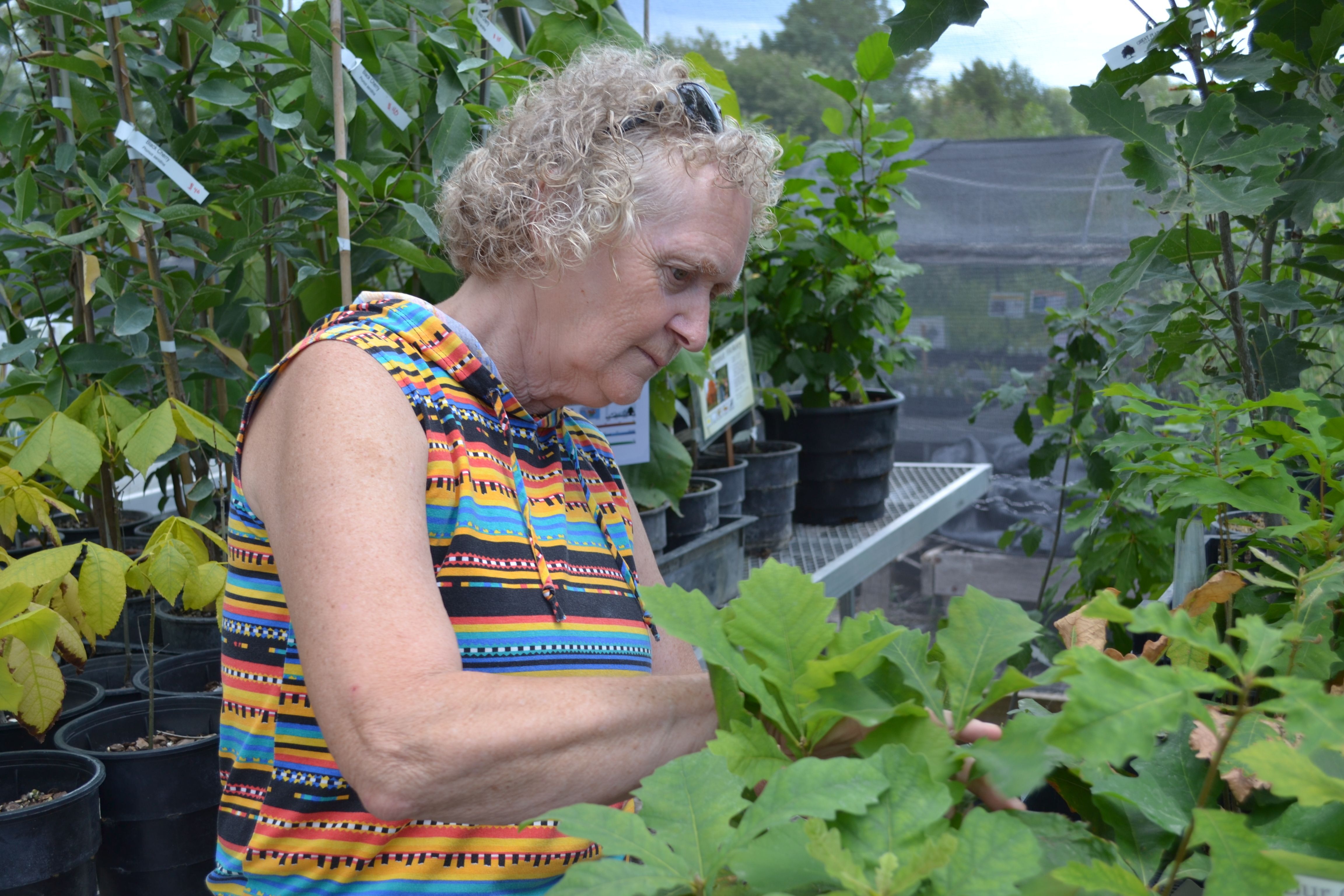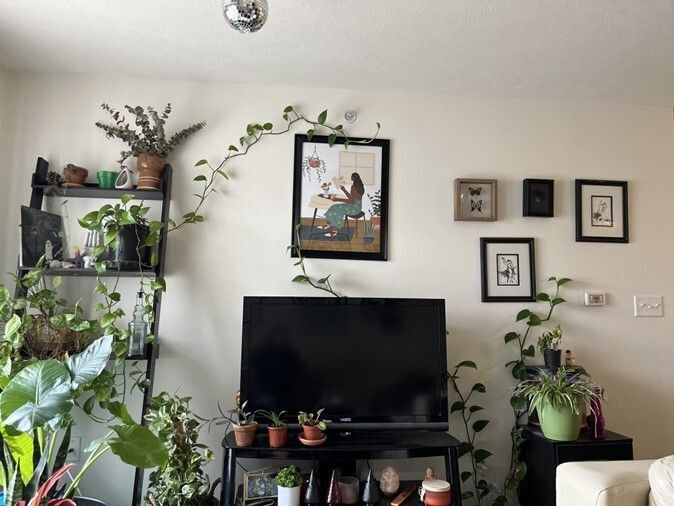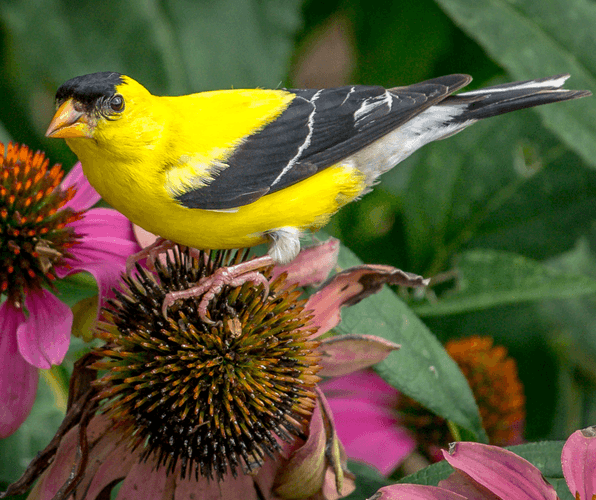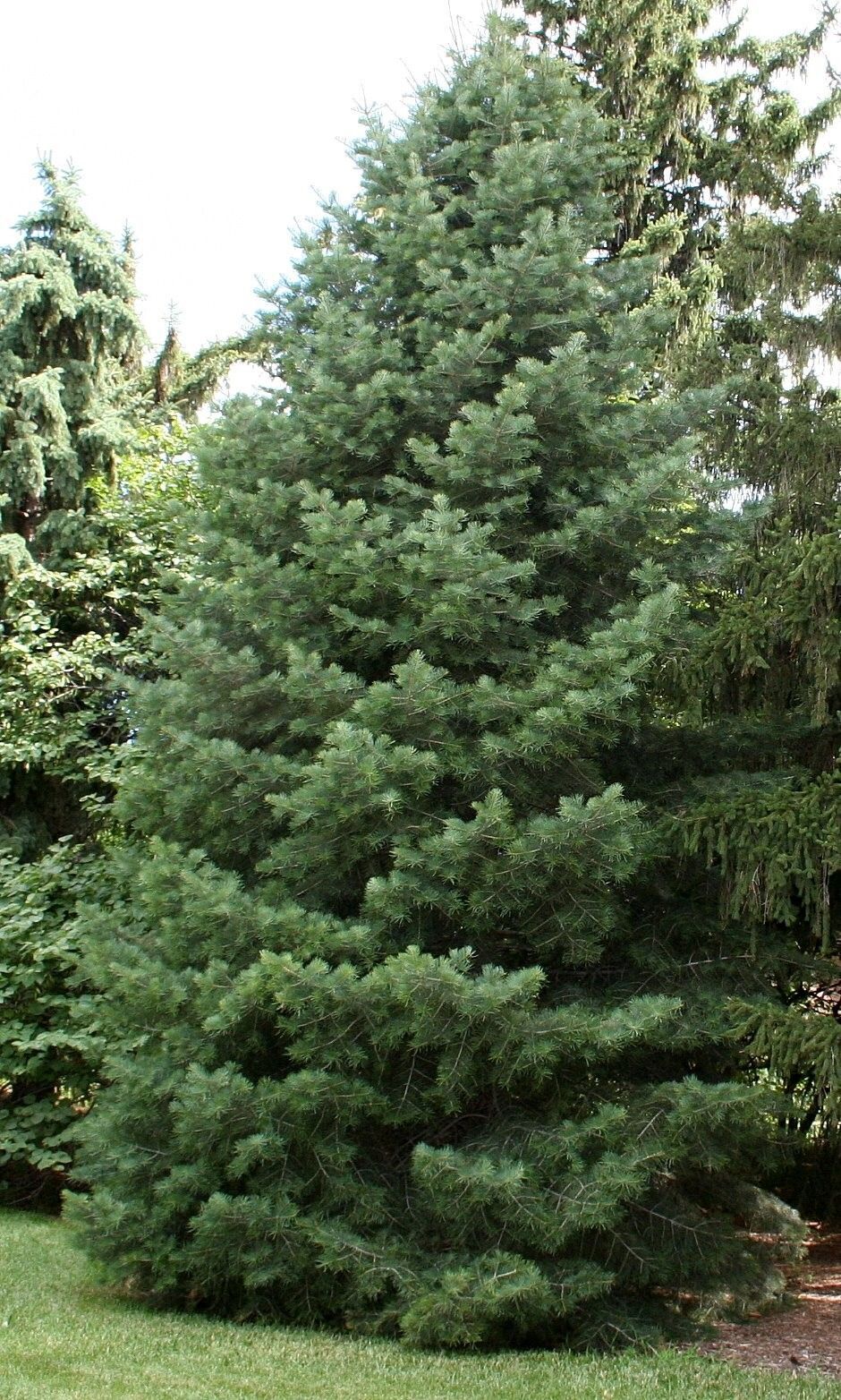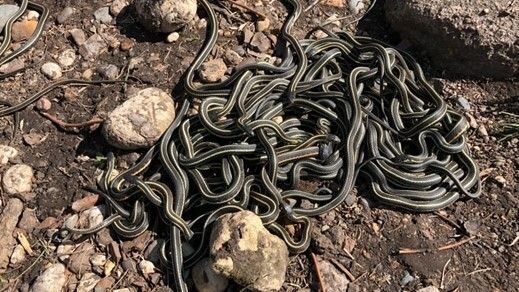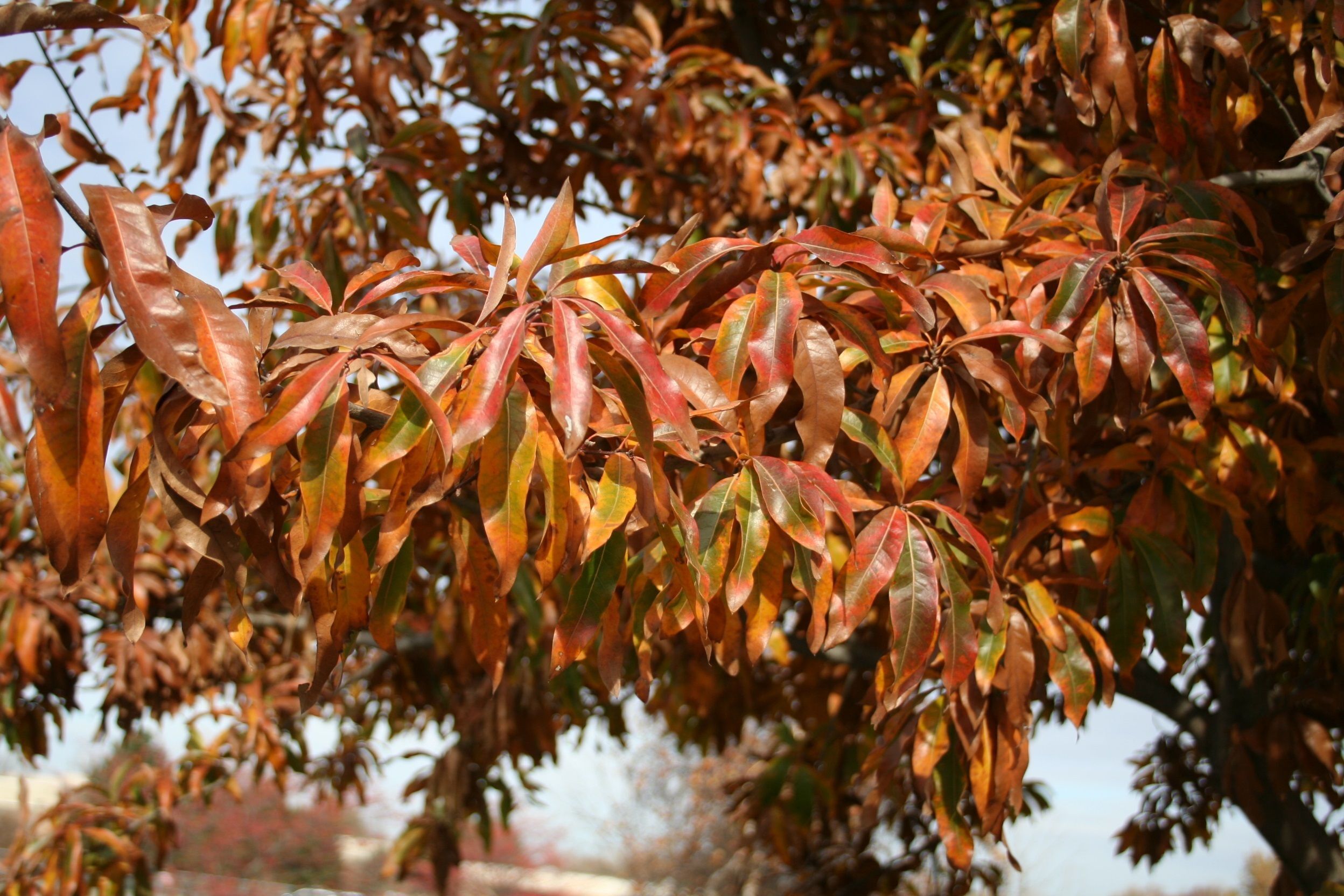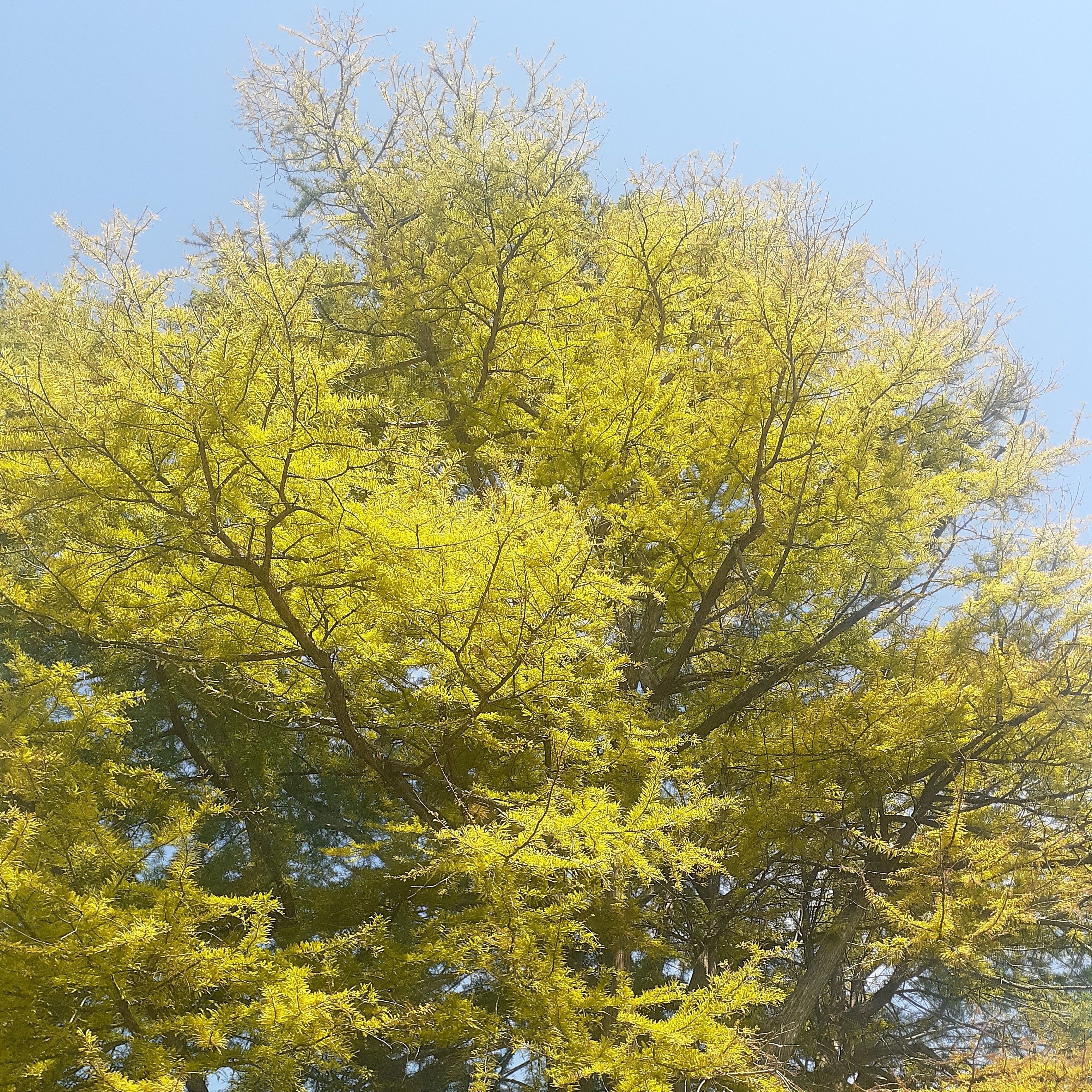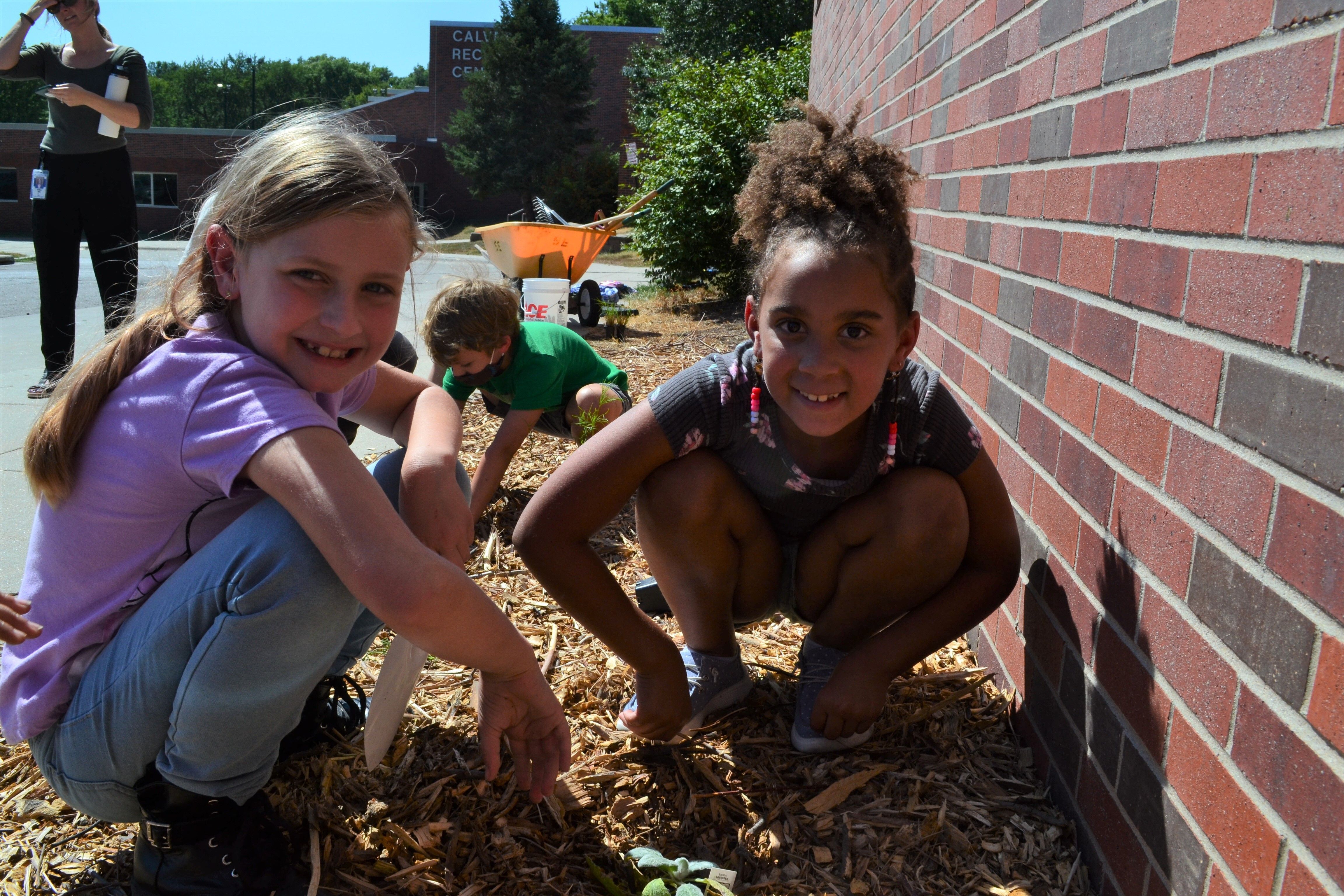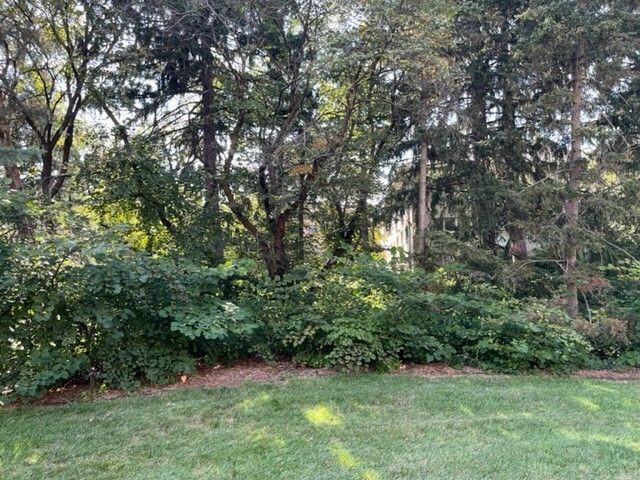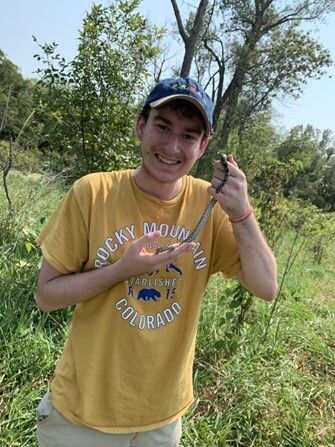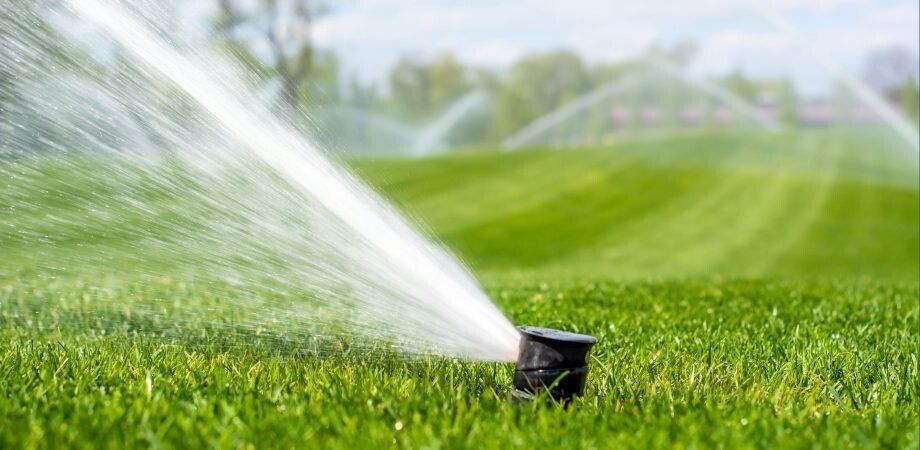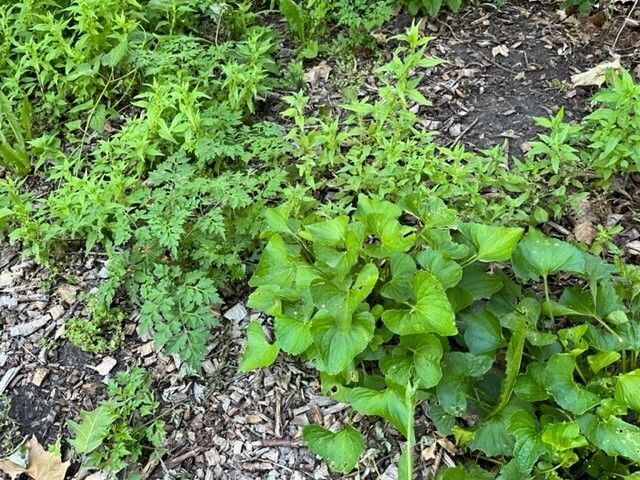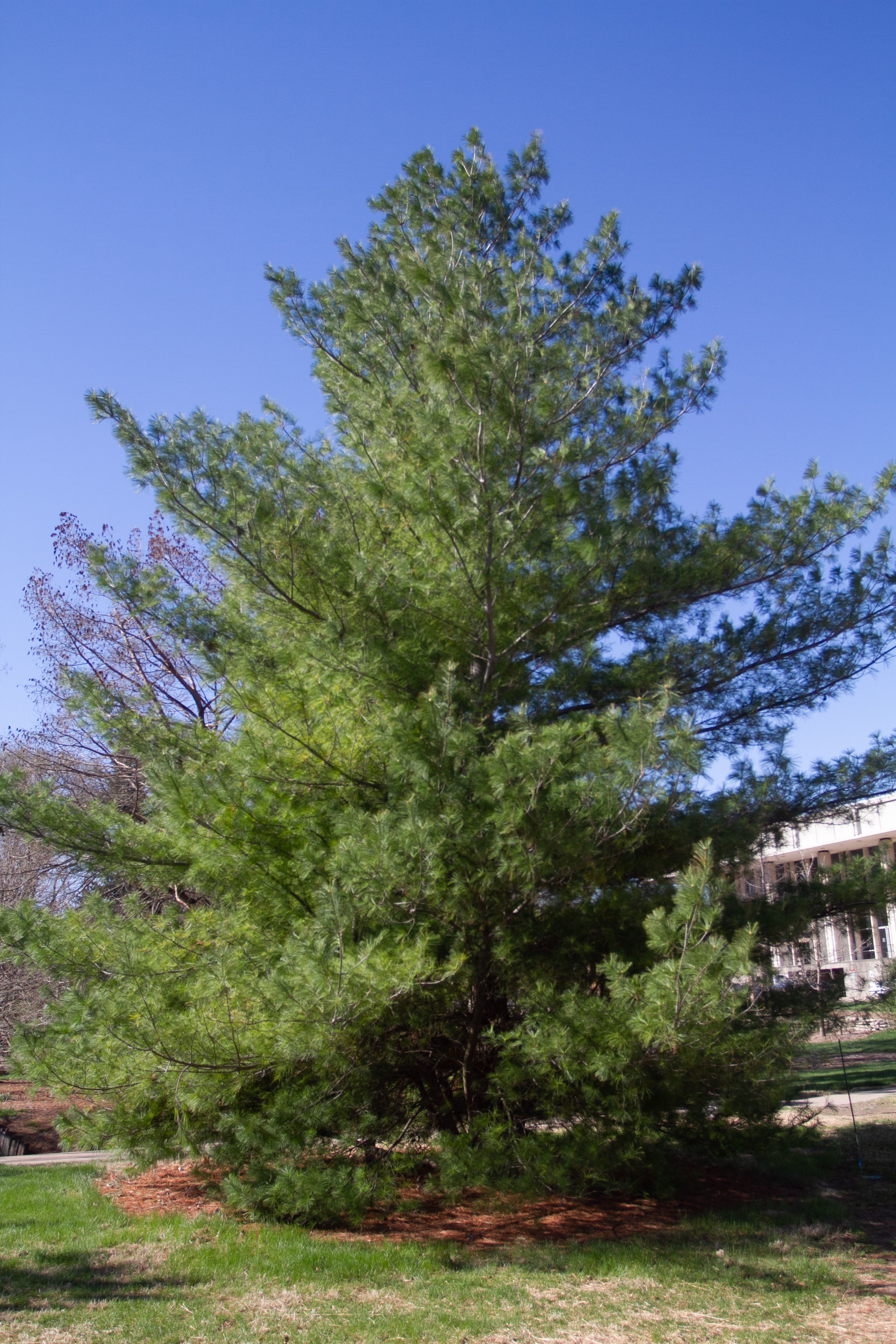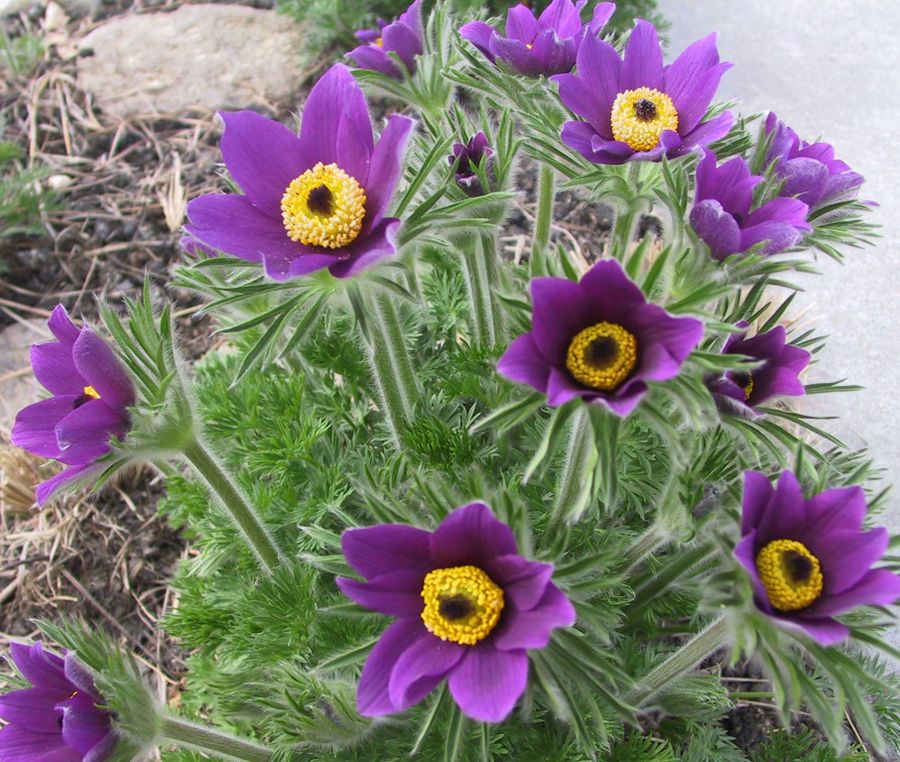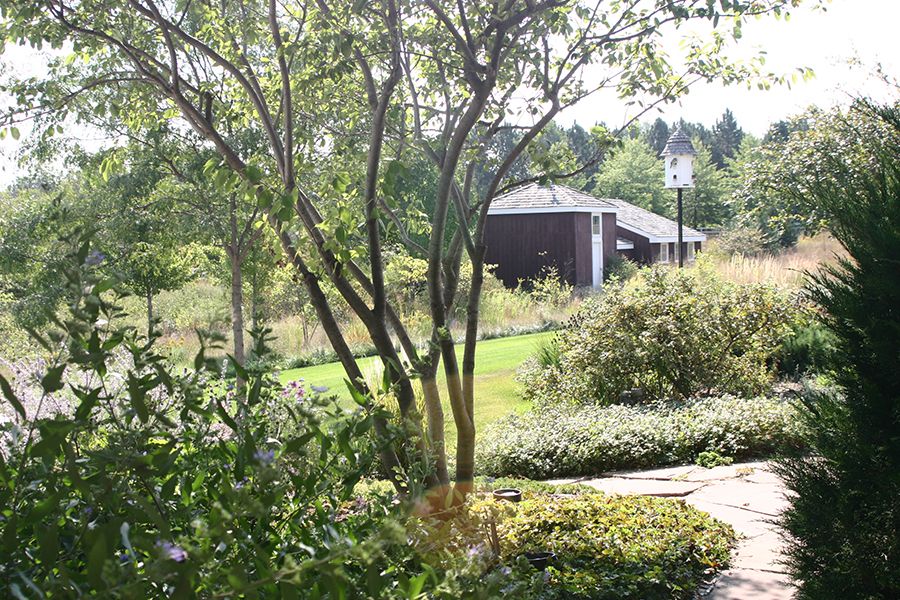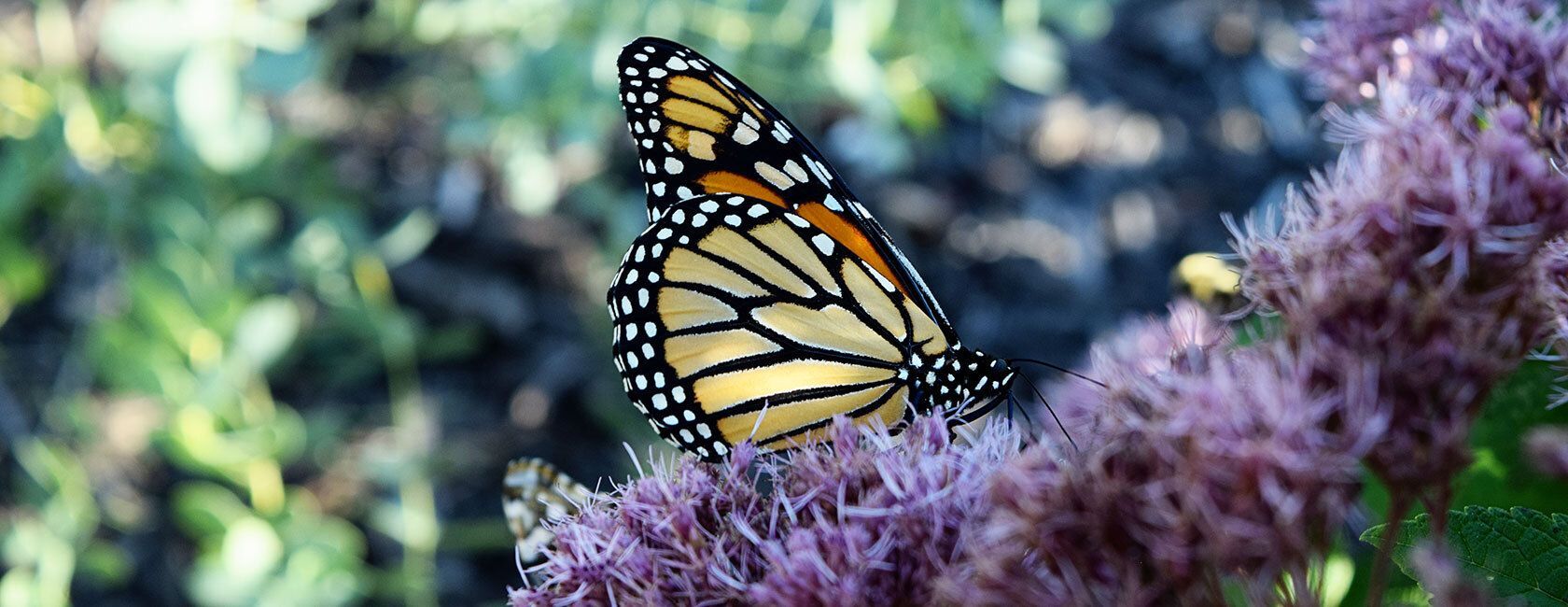The best wildlife-friendly yards offer food, shelter and seasonal variety—and regionally native trees and shrubs do that better than anything else.
Hazelnuts are easy to grow, tasty to eat and beneficial to the environment.
In the season of Halloween, it’s worth noting that many of Nebraska’s cemeteries are filled with large, old trees. Their presence offers shade to visitors, shelter from the prairie winds, and a sense of generational memory rooted in the land. Among these living trees, you may also encounter a few surprises: limestone “tree stones,” carved in the form of cut trunks and inscribed with the names of the departed.
Avoid these two common mistakes when planting a tree to give your tree the best chance at thriving.
Willow trees offer numerous ecological benefits, but they may not be the best bet for city or suburban landscapes.
The discovery of herpetological pollination leads to fresh insights in the science of pollinator conservation.
Extend the enjoyment of your garden by integrating plants that pop at night.
If you have areas that collect rainwater in your yard, one of the most effective ways to make the most of that water is to install a rain garden.
What's the difference between a rhododendron and an azalea shrub, and which grows best in Nebraska?
The evolutionary geoecology of eastern Nebraska forests
District Forester Sarah Browning offers tips to help you figure out whether or not your trees need to be fertilized and how to most effectively apply fertilizer when it's necessary.
Native spring ephemerals are harder to come by in local nurseries, but they are worth planting if you can find them.
Trees provide a lot of benefits to our communities, but it's important not to overlook their emotional impact as well.
Ornamental grasses are key plants, providing seasonal beauty with unique colors and textures.
Here's why we use a thoughtful mix of native and well-adapted introduced species in our landscape projects.
In times of change, focus on what you can do, rather than on the things you can't control.
Keep your eye out for browning leaves on your bur oaks, which may be a sign of bur oak blight.
With five species native to Nebraska, Liatris is a great choice for a pollinator garden.
Make plans to include this year's perennial, tree, shrub and grass of the year in your landscape.
Bringing natural elements indoors for holiday decorating can add whimsey, beauty and color to your home.
These holly cultivars will survive Nebraska's extreme temperatures.
Consider this perennial for a burst of late-season color in the garden.
Depending on the season, oaks can produce an abundant crop of acorns. The question is: will all those acorns hurt your lawn?
Sustainable Landscape Specialist Sarah Buckley explains the difference between the terms native, cultivar and nativar and how to best use each in your garden.
Sand is common in Nebraska, but the good news is, there are lots of plants that thrive in it.
Some late-season care can help your trees weather the winter and get off to a strong growing season next spring.
Here's how to identify and eradicate aster yellows from your garden.
You might walk right by these native Nebraska cactus and not realize they are actually covered in insects.
You can help prevent the spread of invasive species.
The innovative use of sedges is making a difference in the water quality of urban ponds.
Planting a tree is always a great idea, but it's also wise to put some thought into the tree selection process before you make your purchase. Consider these five top-notch but underutilized trees when you are deciding what to plant next in your yard.
Hackberry trees may be the bane of your existence, but they offer many ecological benefits.
Once a popular landscape tree, Callery pear is now considered invasive and a threat to natural landscapes.
Planting new trees is always a great idea, but let's not forget about caring for the trees we already have in our yards and neighborhoods.
Creating a rain garden in your home landscape will help to utilize rain as the resource it is.
Volunteers in Steinauer are sowing a native tallgrass prairie one seed at a time.
Key elements that make a public or community planting successful.
Here are some tips for attracting more feathered friends to your yard during the winter.
Here's how to add a splash of vibrant color into your drab winter landscape.
This recommended perennial, grass, shrub, tree and conifer offer both beauty and ecological benefits for your yard and garden.
Climate change is impacting the livelihood of conifers in Nebraska, but there are still some great options to consider.
The USDA updated its plant hardiness zone map for the first time since 2012. What impact will the changes have on gardeners in Nebraska?
These five native perennials require some patience but are well-worth the wait.
Northeast High School Garden Club students get a lesson in proper tree planting techniques from NSA experts.
10 tips for bulb planting to make a splash in your garden or yard this spring
In honor of the Autumn Equinox (first official day of fall), here are four more late bloomer pollinator plants to consider for your yard or garden.
Fall is a great time to plant a tree. Nebraska Statewide Arboretum has some tips and tricks to ensure your fall tree planting is successful.
These six power pollinators will bring bees, butterflies and a punch of color to your fall garden.
Planning for and installing green infrastructure in cities can help mitigate what's called urban heat island effect.
The Emerald Ash Borer is leaving a swath of devastation in its wake. We have information and tips for what to do about it.
Implementing smart water conservation strategies and sustainable landscaping practices can help your yard and the many animals and insects that live there survive and thrive in even the toughest drought conditions.
Tips for mulching around trees and landscaped flower beds.
The Nebraska Statewide Arboretum celebrated Wildflower Week 2023 with outdoor activities in Western Nebraska.
Nebraska Statewide Arboretum partners with schools across the state to help students learn about creating a sustainable landscape.
May is Nebraska Bird Month, which makes it a great time to talk about six native shrubs that benefit birds and other wildlife.
The Japanese practice of shinrin-yoku -- forest bathing -- can have a lasting impact on our physical and mental health.
Observing the subtle seasonal changes in nature can help us notice and appreciate the life that is changing all around us.
By planting a variety of native plants that serve as hosts and food sources, we can do our part to support a robust ecosystem for our favorite native butterflies and moths.
NSA Sustainable Landscape Coordinator Sarah Buckley has some good tips to consider before you hit the nursery for your spring plant shopping.
Growing and caring for houseplants can be a great, creative way to enjoy the winter months.
The polyculture lawn -- or a lawn of mixed species of mowable plants -- is gaining momentum. The entire neighborhood will benefit – including our pollinator friends – if polyculture lawns catch on.
Scots Pine was once hugely predominant in the Midwest and Great Plains, but Pine Wilt Disease has severely decreased its numbers.
Native perennials and keystone species are the key to attracting birds, butterflies and bees to your garden.
If you have the right soil and planting location, consider adding a concolor fir to your landscape.
Insect and animal species engage in various overwintering processes, including hibernation, brumation and diapause, to survive the harsh winter weather.
NSA board member and certified arborist Jeff Kennedy offers his tips for choosing a tree to plant.
Five of the ten state champion trees in Lincoln grow on or near UNL's two campuses.
Resist the rake! Leave the leaves in your yard as over-wintering habitat for insects.
Horticulture experts and staff at Nebraska Statewide Arboretum collect seeds locally which later grow into the seedlings that are planted across Nebraska.
Gregg Schmadeke, affiliate curator of Three Oaks Aboretum, ruminates over what would happen if abandoned farmland was allowed to return to nature.
At Nebraska Statewide Arboretum, we take our middle name seriously: we plant Nebraska from east to west and everywhere in between.
Students from Calvert Elementary School in Lincoln, Nebraska, participated in the Nebraska Statewide Arboretum's Bloom Box @school program to create a pollinator garden.
Justin welcomes students back to campus by emerging from the scrub of redbuds on campus.
Snakes play an important role in ecosystems including our gardens. Here, John shares a bit more information about that role and what we can do to support snakes in our yards.
With much of Nebraska ensconced in drought, water conservation is once again an important topic. Lawn and landscape watering is by far the highest summer water use in most Great Plains communities. A good example is in Lincoln where citizens are now using about 70 million gallons of water per day which is about 5 times the amount of water used on an average day in winter and spring before lawn irrigation starts.
Weeds are hard to manage, but do we need to manage them all? Justin gives us some grace as he talks through weeds to work with and weeds to work against.
After a couple of weeks of bad storms in central and southeast Nebraska, here are Justin's thoughts on tree damage.
Tree-related books, articles, and videos to get your weekend started.
When we think of shade trees, those trees that have a higher canopy casting shade over things below, we don’t often think of pine trees. Most evergreens, including spruce, fir and pine, have an excurrent or upright growth habit for most of their life. They’re typically pyramidal in shape, wider at the base than the top. This makes evergreens especially useful for windbreaks and visual screening, or as specimens to break up the winter monotony. But some pine species can buck this trend as they mature becoming rounded in shape, losing lower branches or growing wide enough that their mature years are served better at casting shade than blocking wind.
Planting a tree correctly can add decades to its lifetime. Take the time to do it right!
There are signs of spring if you look closely enough. After months of faded winter landscapes, we are eager for green. We wait impatiently for the first crocus to open, the first bit of purple on redbuds, the first tulip. But once spring hits, it can happen so quickly we fail to notice all the amazing new unfoldings that occur almost daily.
Trees are the largest living element in any landscape. They’re also the most costly to purchase, the most long-lived (hopefully) and the most “influential” in terms of aesthetic, habitat, sun exposure and placement of other plant material.







